Following the game situation and the tension that a match can generate, it can be difficult to judge whether a ball is good or bad. The level of filet, we will enlighten you.
Impact the ball with the pala beyond the net
You are at the net and your opponents are hitting the ball. You are so close that you hit the ball directly on the other side of the net. Is it regulatory? No.
When the ball comes from your opponents and it has not yet passed the net, you do not have the right to impact it at home.
On the other hand, if your opponents 'ball bounces in your court before coming back to your opponents' court, then you can cross the net (without touching it) to hit the ball.
The rebound on the grid
An opponent's smash bounces in your camp, hits the bottom glass and comes to rest on the side grid at the door. Can I play it or is the point over?
The answer depends on where the ball hits the grid. If the ball hits the grid before halfway, the point may continue. On the other hand, if the ball rebounds after this half of the field, the point is considered to be over.
And on the net post?
Sometimes the ball bounces off the metal part of the net. Imagine the case. You are at the bottom of the track, you hit the ball which hits the place where the net hangs on the post. Your ball then comes to finish its course in the opposing field. Good or bad ?
The answer is that the point continues. The hook from the net to the post is part of the net, so the point will be played in the same way as if the ball were “net”.
However, the rule is different with the post itself. Today, less and less tracks have an extension of the central post towards the grid, cutting the “big” door in 2 narrower doors. But there are still some, and the rule says that if the ball hits that part of the track, it will be considered “out”.
Same thing when you go off the track to play a ball by 3 of your opponents. If you hit the ball and it hits the net post before entering the court, the point will be considered false.
The “let” rule
A “let” is pronounced in many cases, but since we are focusing on net play, we will speak of the “let” on serve.
When you perform a serve and the ball hits the web of the net before bouncing into the corresponding square, there are several possibilities. Either the ball bounces several times (at least 2) in the field after a first bounce in the service box and the service will be replayed, or the ball will bounce once in the service box then will rebound on one of the windows and the point will be replayed, or the ball will rebound once in the service box and then rebound off the grid and the service will be considered false. Last possibility, the ball will rebound in the service box and exit through the gate and the point will be replayed if the exits are authorized, otherwise the service will be false.
The rebound in the net
It is one of the hardest hits to recover, but it exists. Your opponents touch the ball which bounces in your camp then comes to die in the net, on your side. Can I play it? The answer is yes until you hit the ball and it bounces twice. We agree that this maneuver is very difficult but it is doable.
Another variant, much more feasible, is a stroke played by your opponents directly from your side of the net. These blows will be found after going off the track or after a smash on your part that your opponents will impact on your side of the track. The ball comes straight into the net. Can I play it? Of course. It can be played directly, ie without letting the ball bounce, or letting the ball bounce after it hits the net. These shots require a lot of reflexes, technique, and vision of the game… but it is possible.
Conclusion
The rules at the net are diverse but rather simple. The most important thing is to understand whether “off-piste” play is allowed or not. Even if the cases will be rather rare during your games, it is interesting to know these rules in order to avoid animosities, and especially to prepare you to play or not, from balls to complicated bounces.
Julien Bondia is a teacher of padel in Tenerife (Spain). Columnist and advisor, he helps you play better through his tutorials and tactical/technical articles padel.




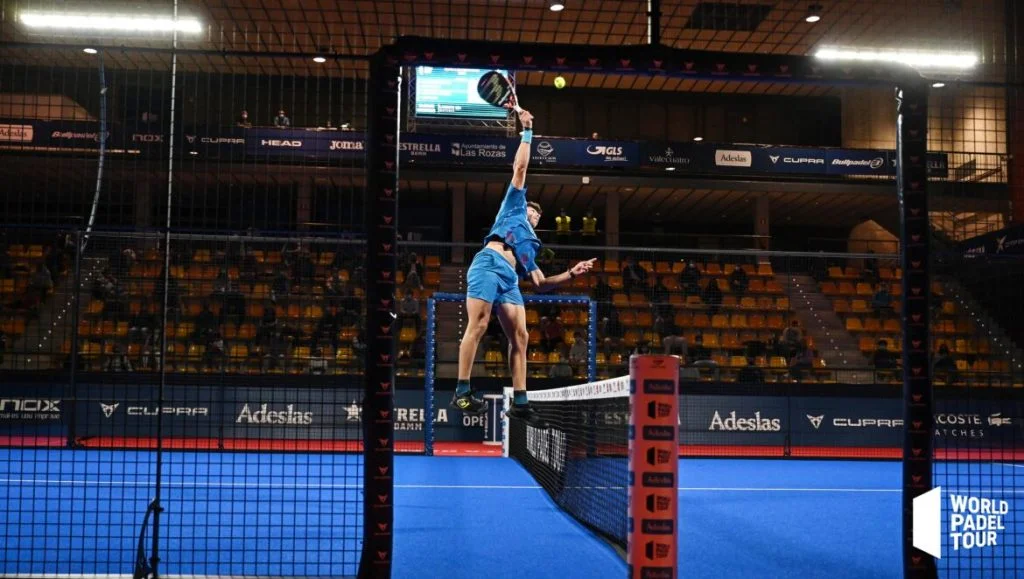











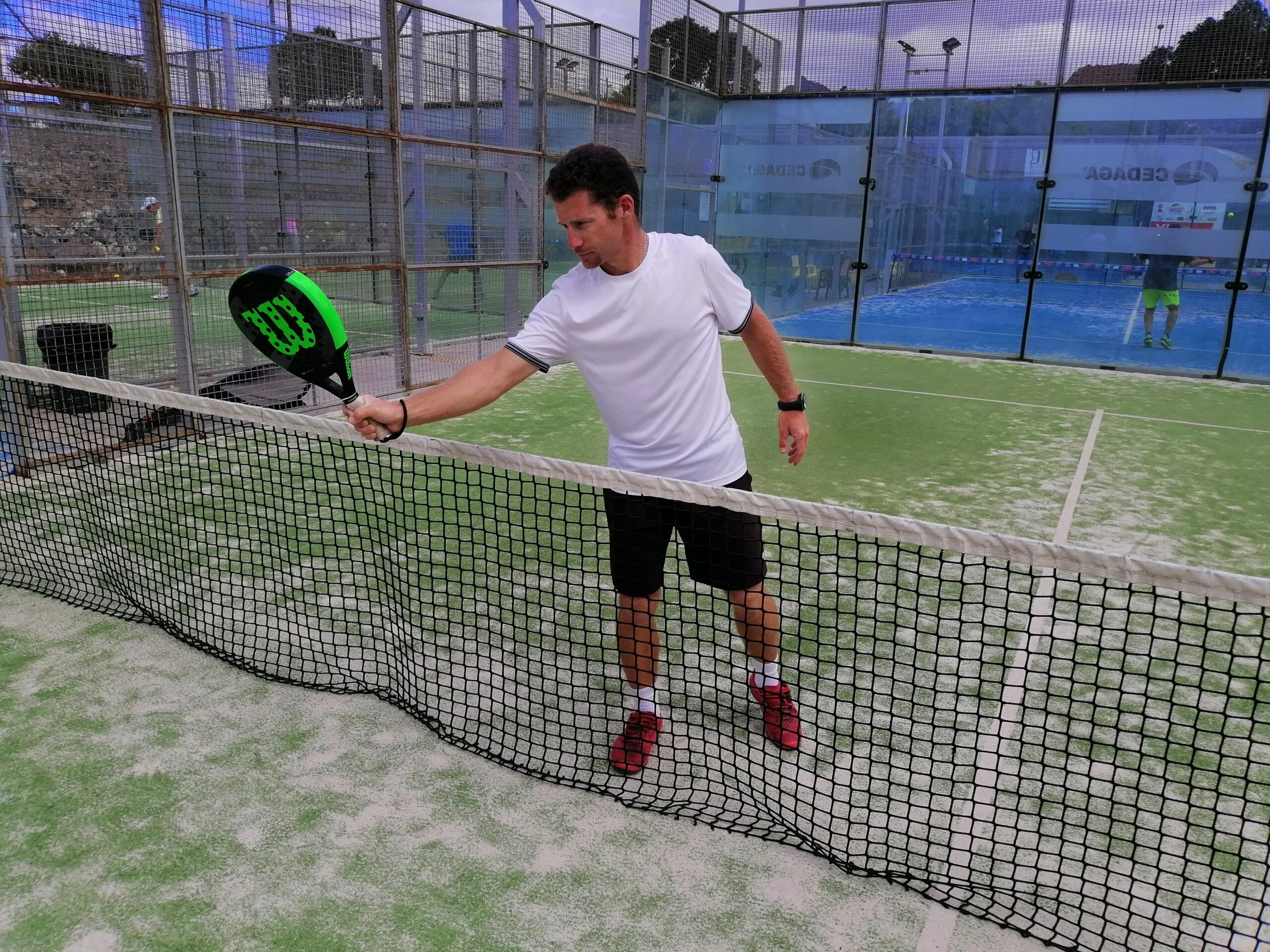
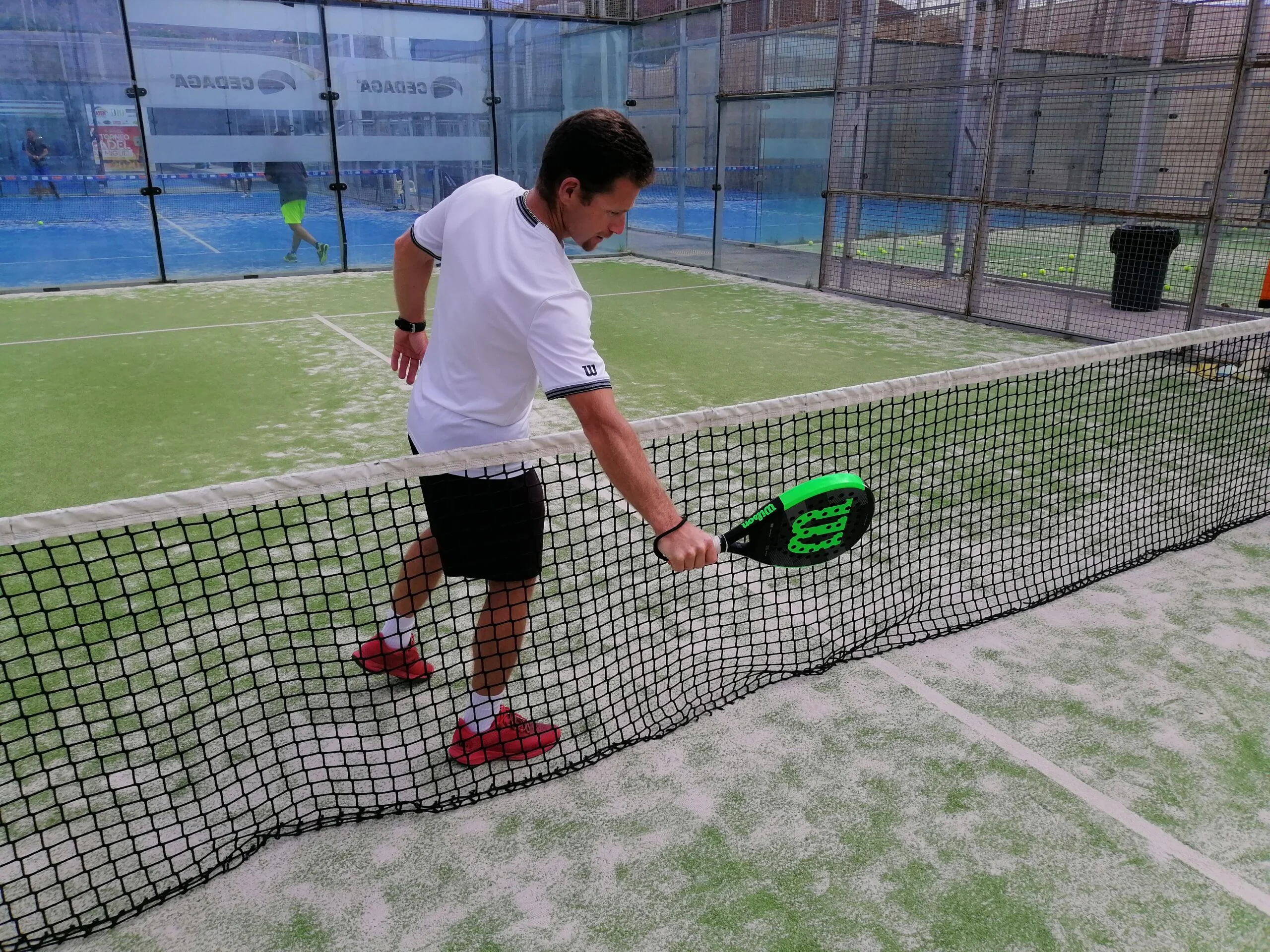
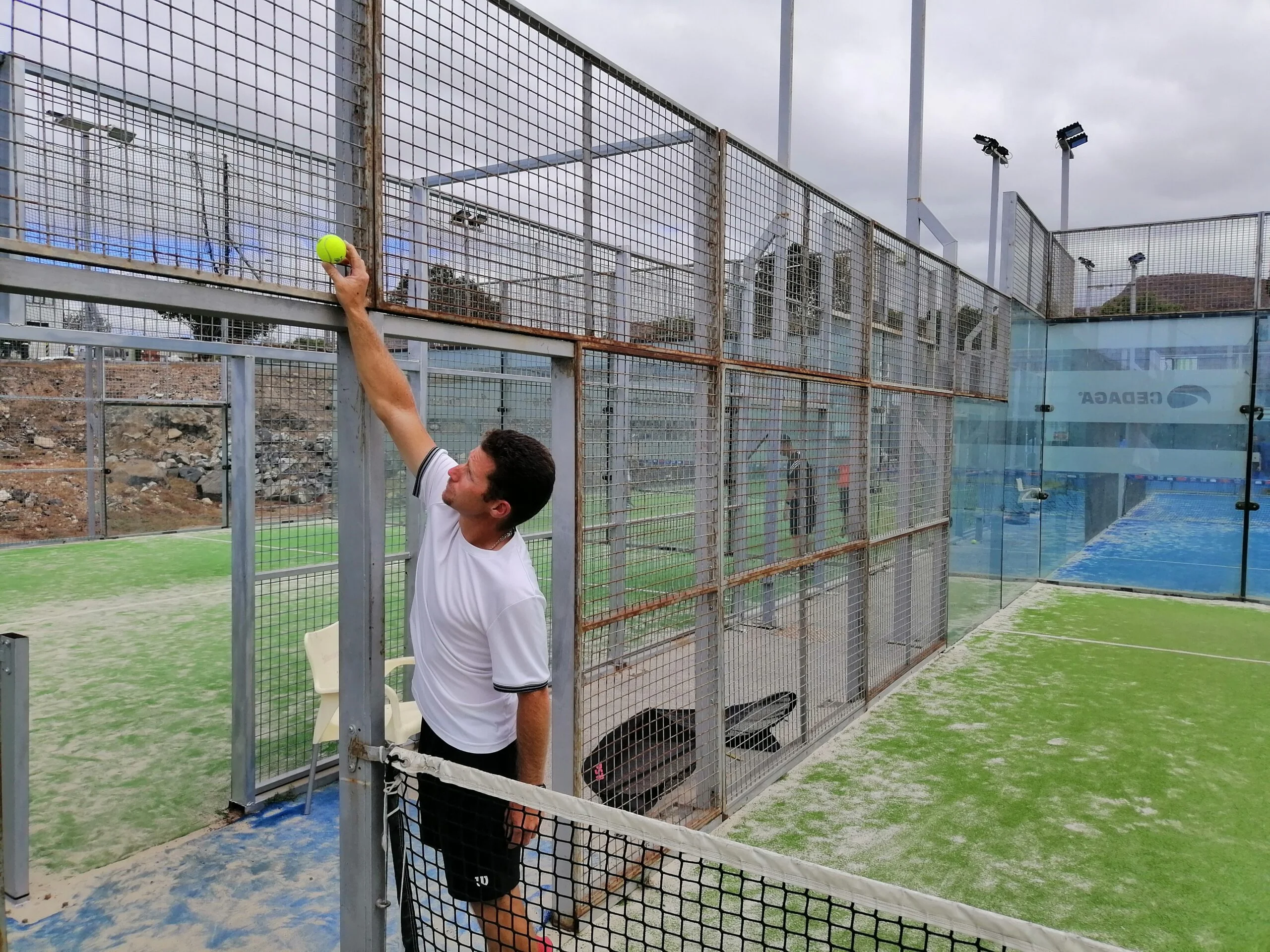
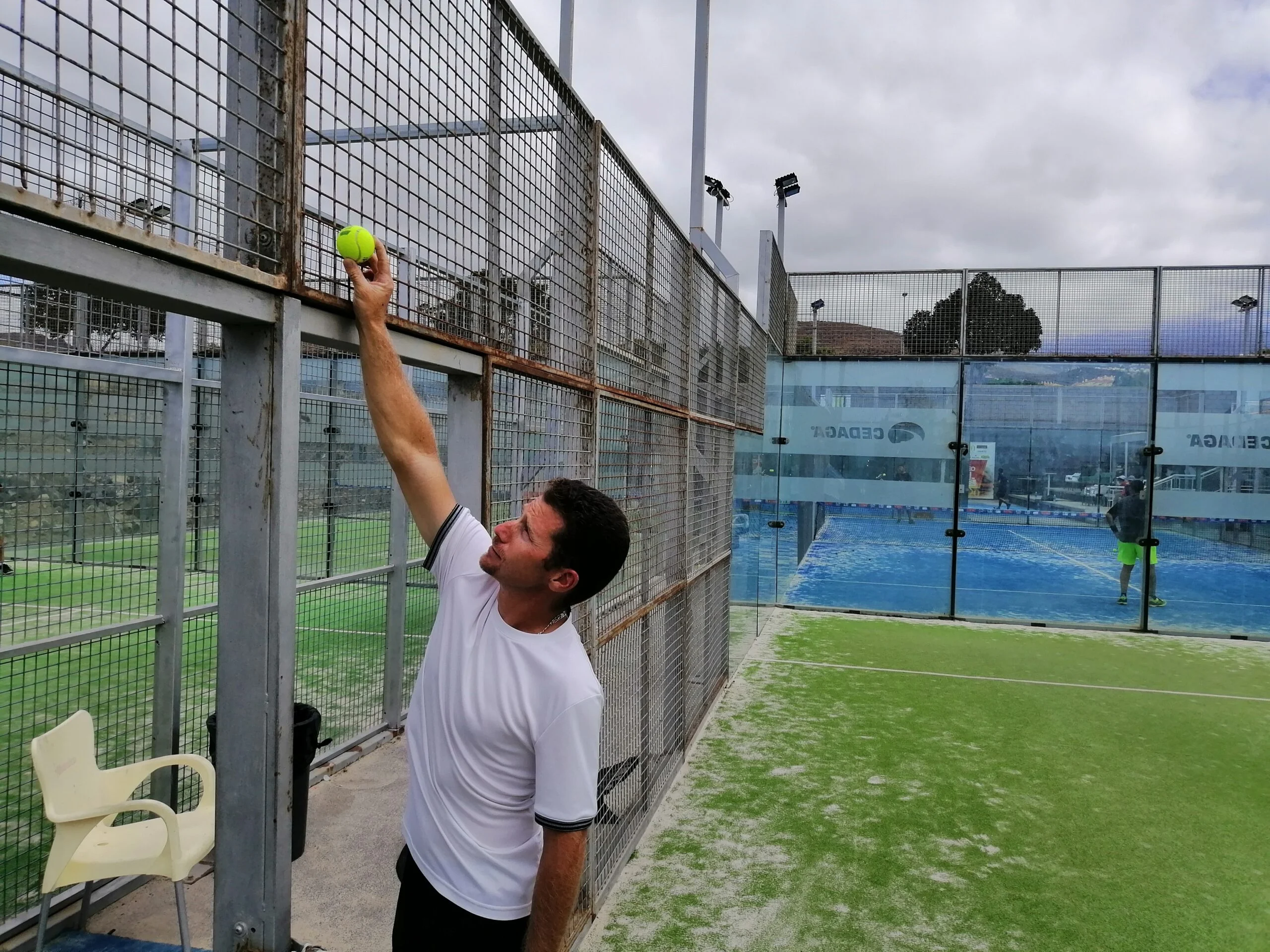
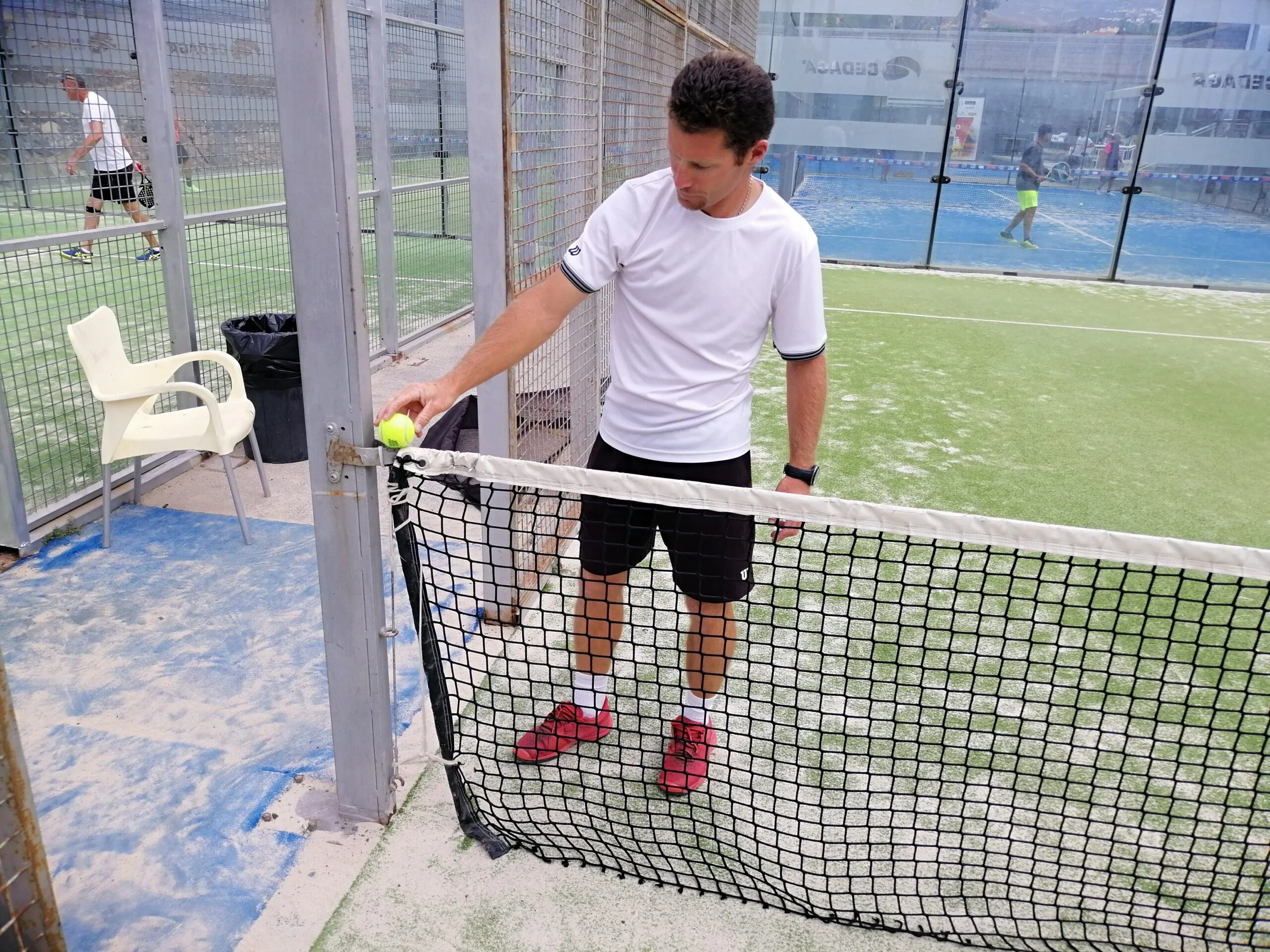
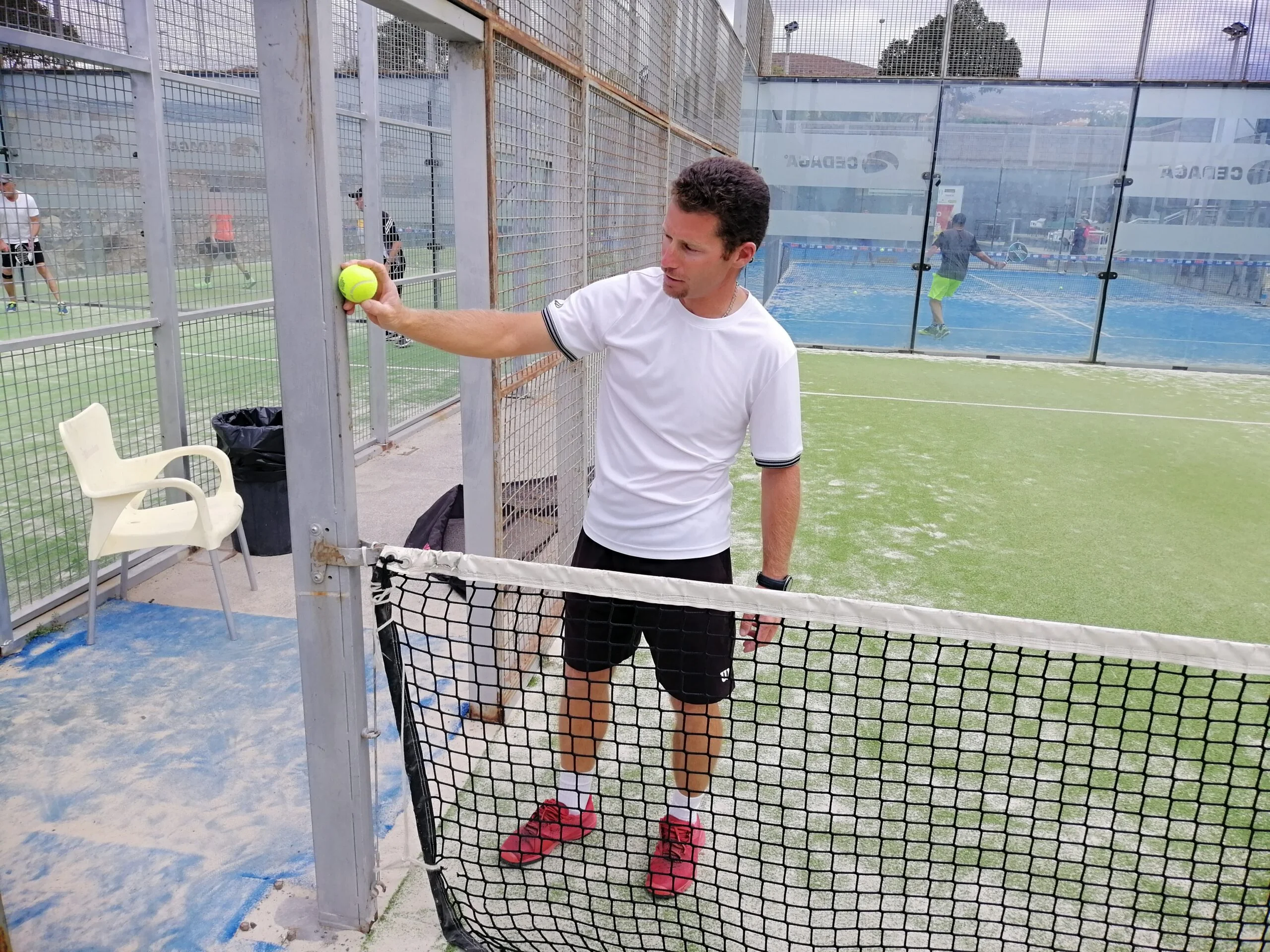


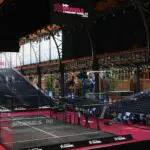
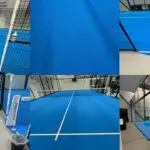
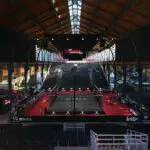








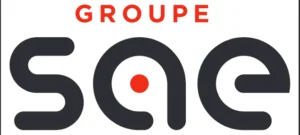




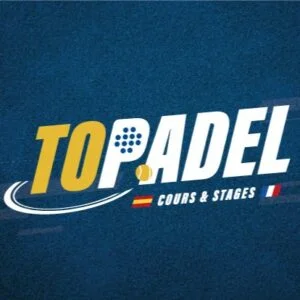



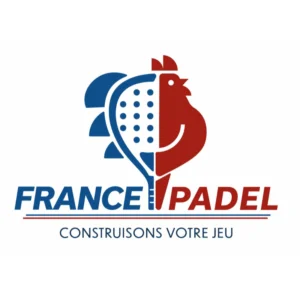
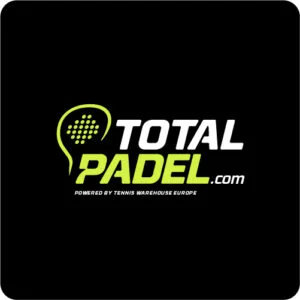
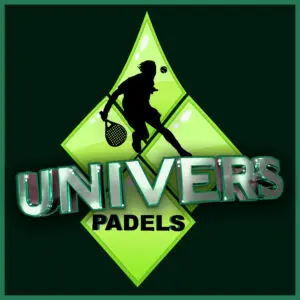
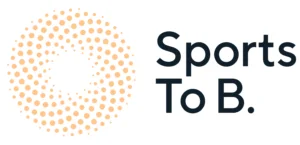

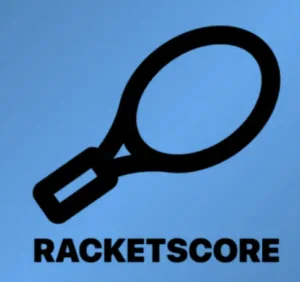
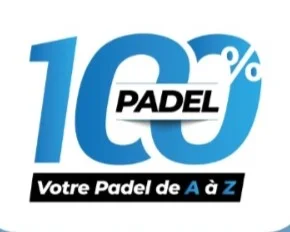
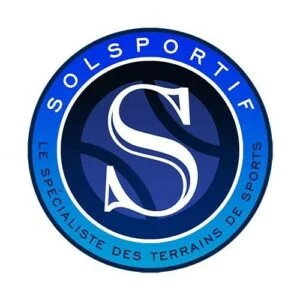

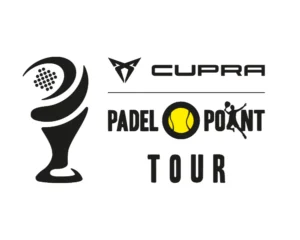


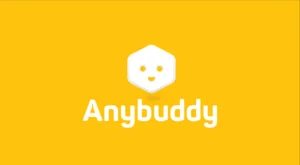



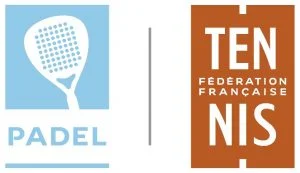
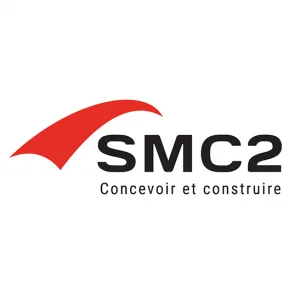

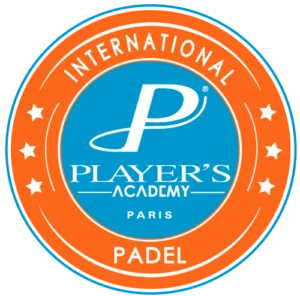
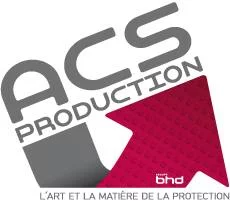
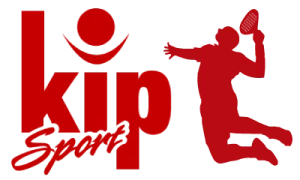

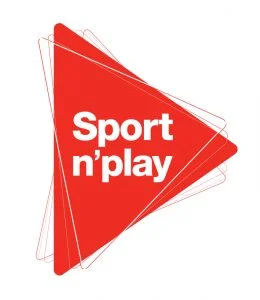

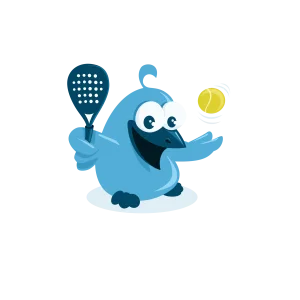


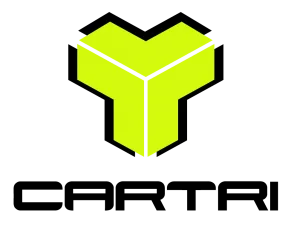
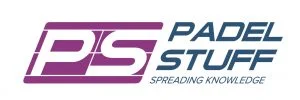
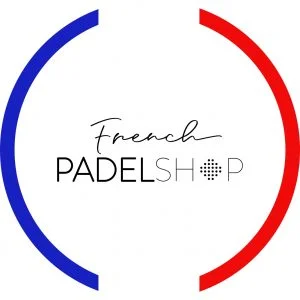
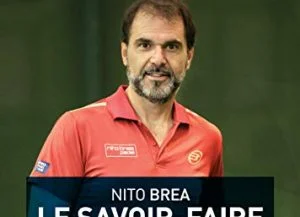
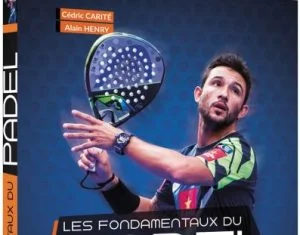



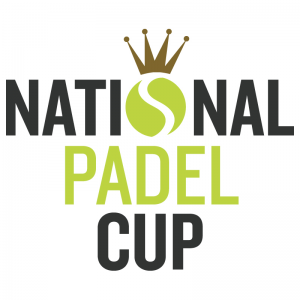
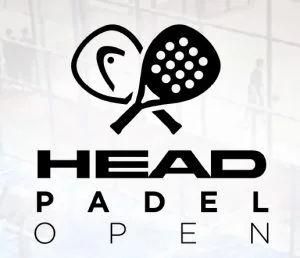
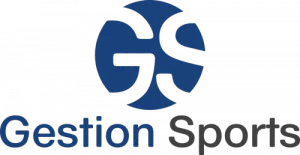
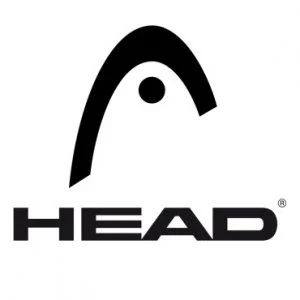


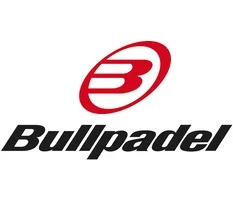
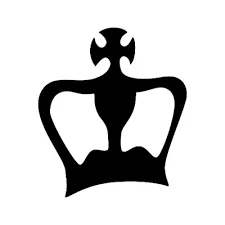


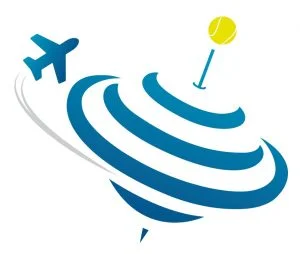
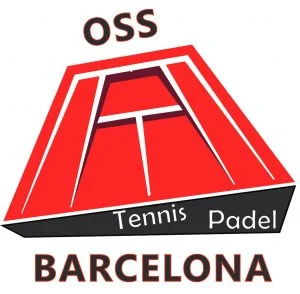
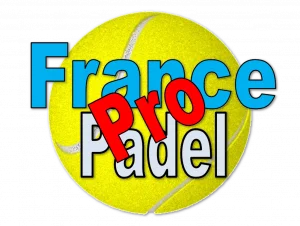


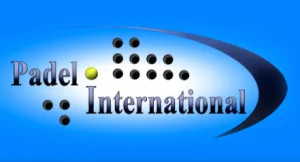

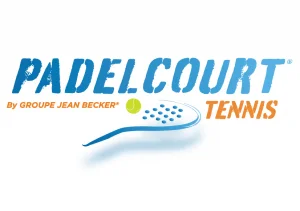
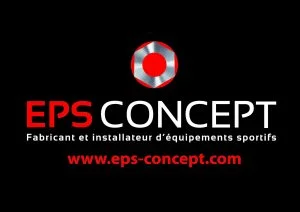
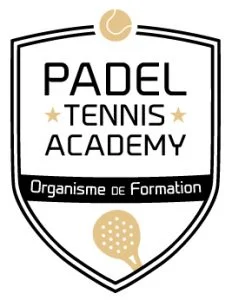
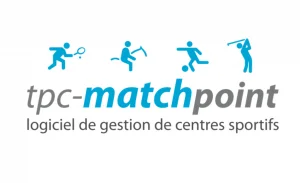
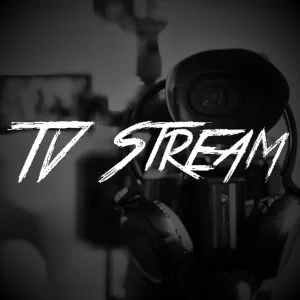
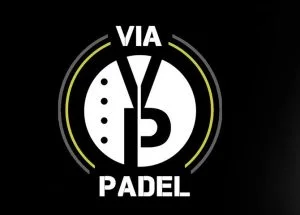




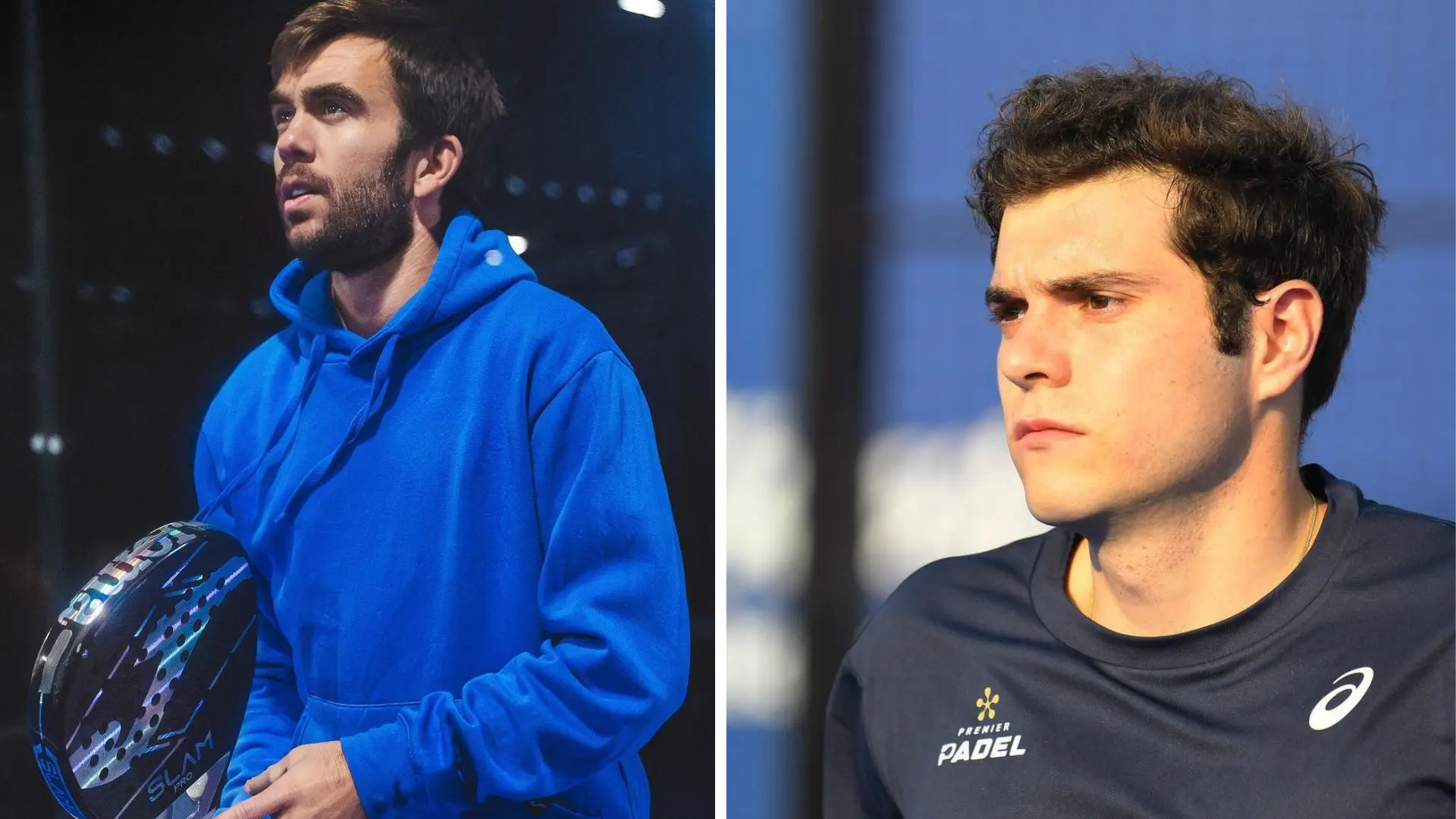 It’s off to a bad start for Pincho Fernandez and Javier Barahona…
It’s off to a bad start for Pincho Fernandez and Javier Barahona…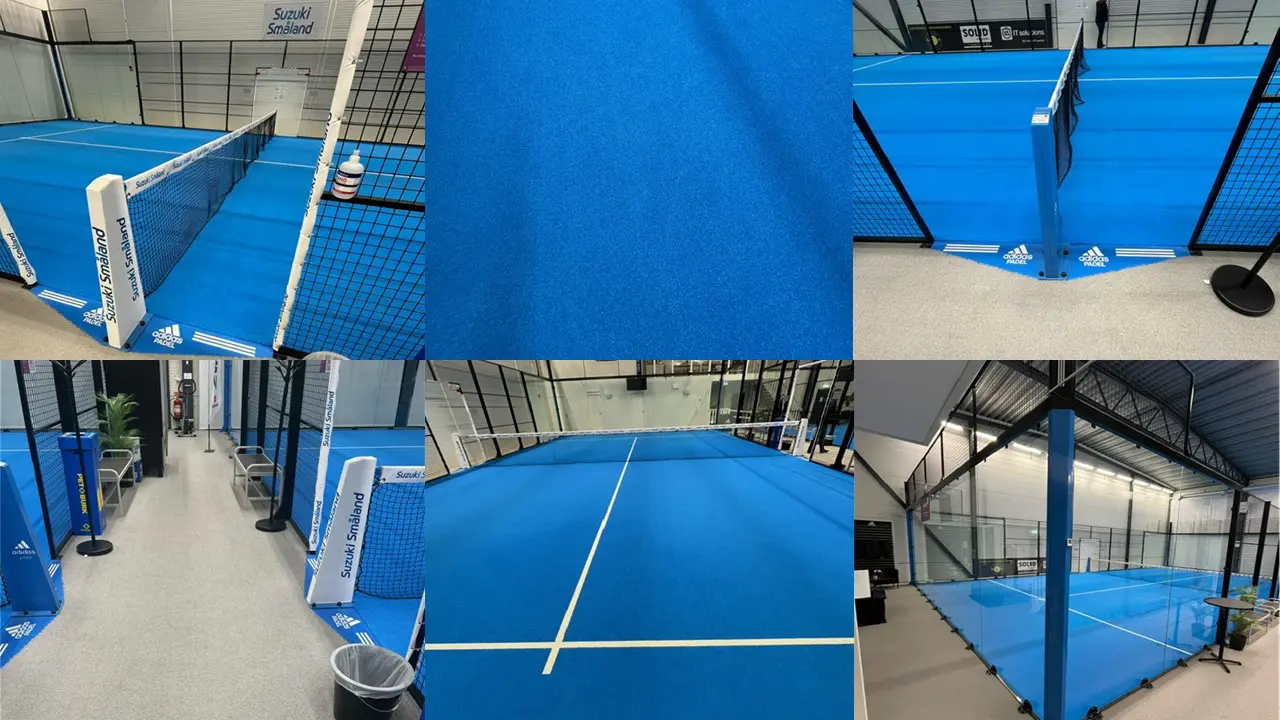 Occasions – Two tracks of padel premium available for sale for €25.000
Occasions – Two tracks of padel premium available for sale for €25.000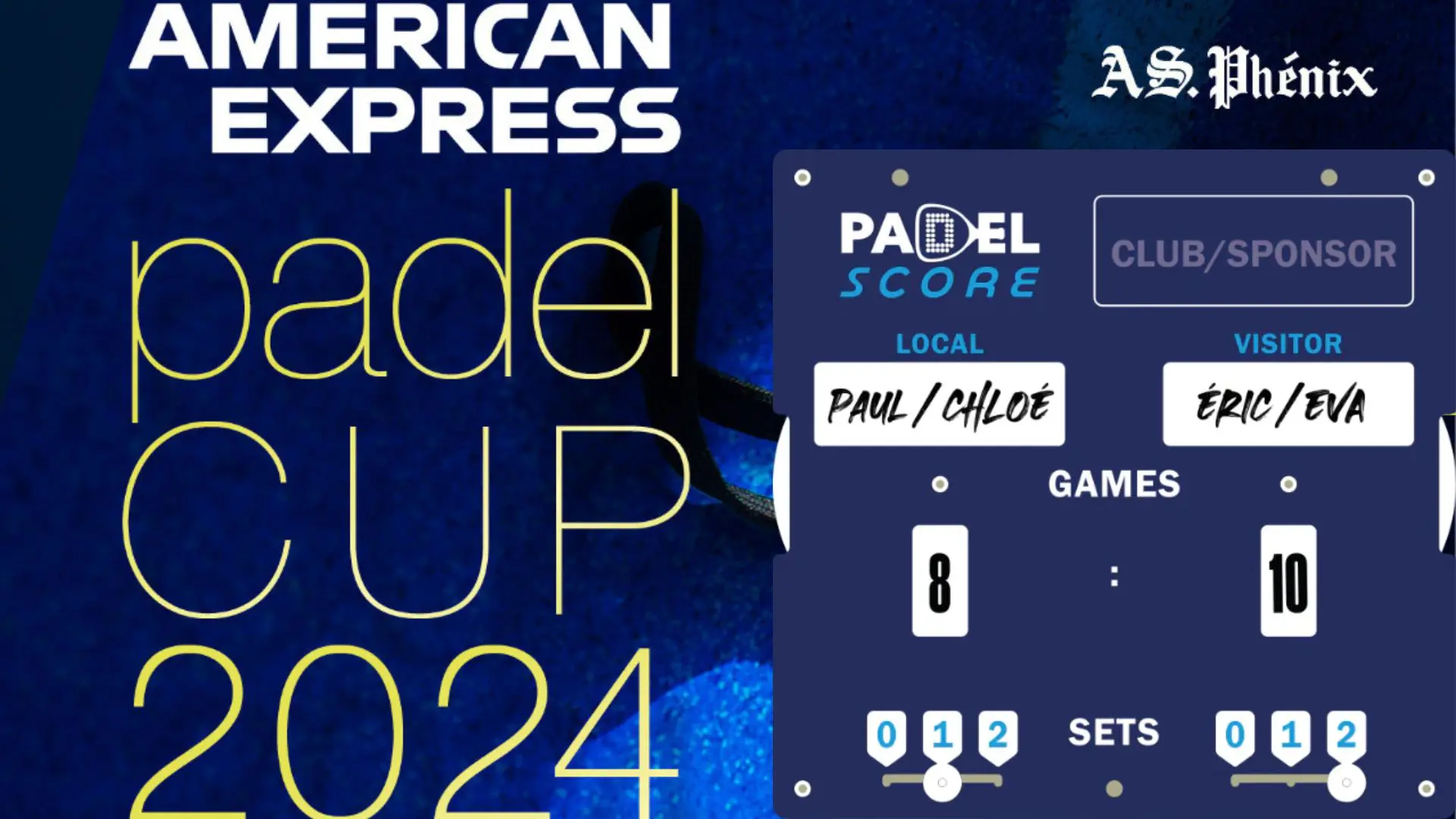 Padel Score comes to Tahiti for American Express Padel Cup!
Padel Score comes to Tahiti for American Express Padel Cup!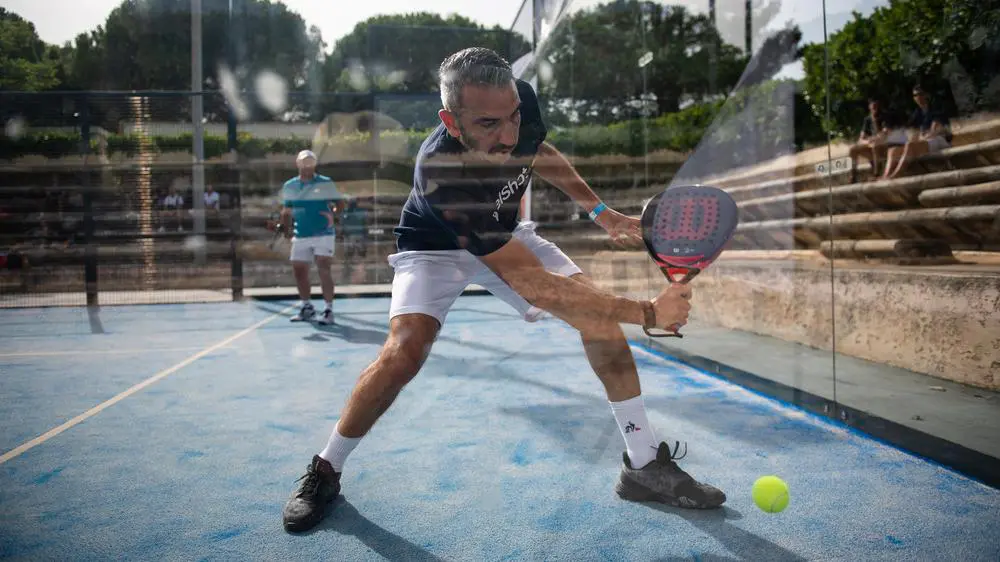 Simon Boissé: “We know that there are two nations in front of us”
Simon Boissé: “We know that there are two nations in front of us”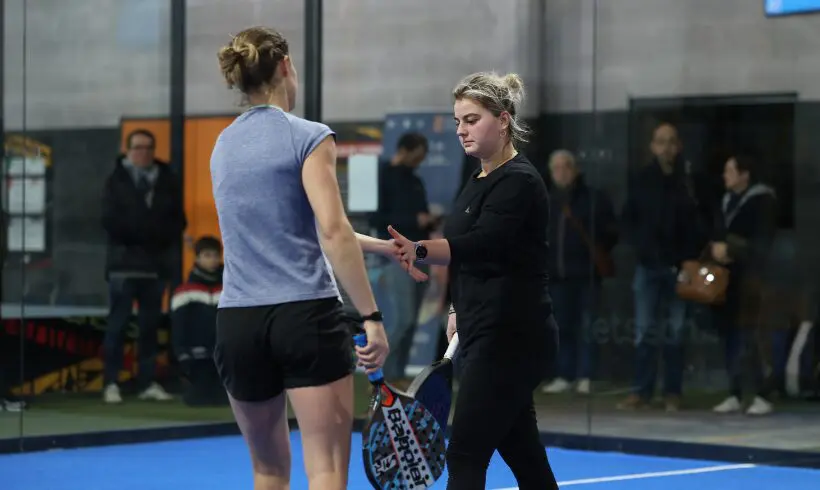 Marie Maligo: “This period of frequent changes of partners was beneficial for me”
Marie Maligo: “This period of frequent changes of partners was beneficial for me”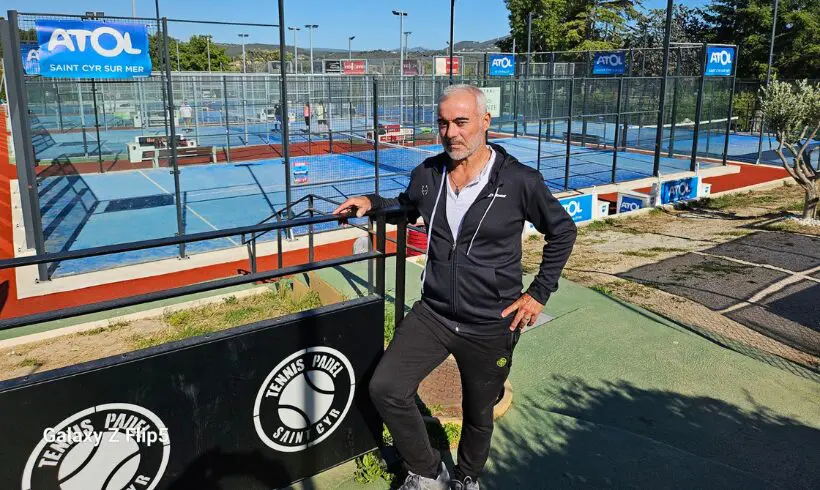 Alain Idier: “Adding tracks of padel, without sacrificing tennis”
Alain Idier: “Adding tracks of padel, without sacrificing tennis”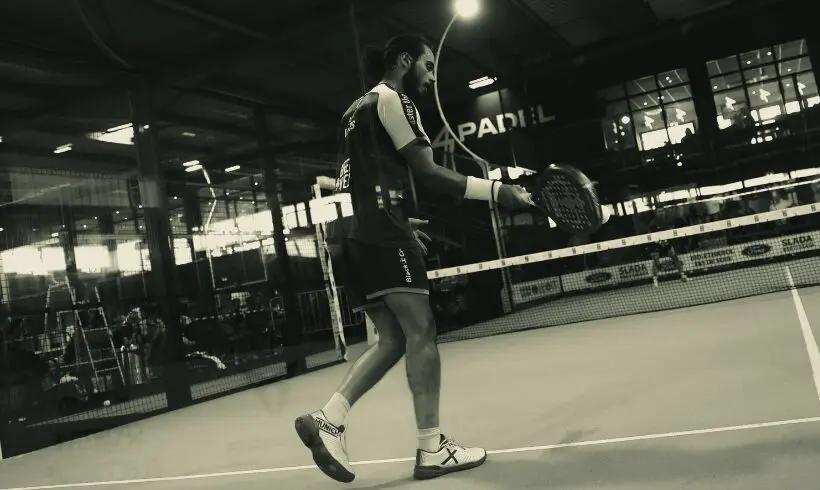 Manuel Vives: “It’s extremely difficult to get by financially”
Manuel Vives: “It’s extremely difficult to get by financially”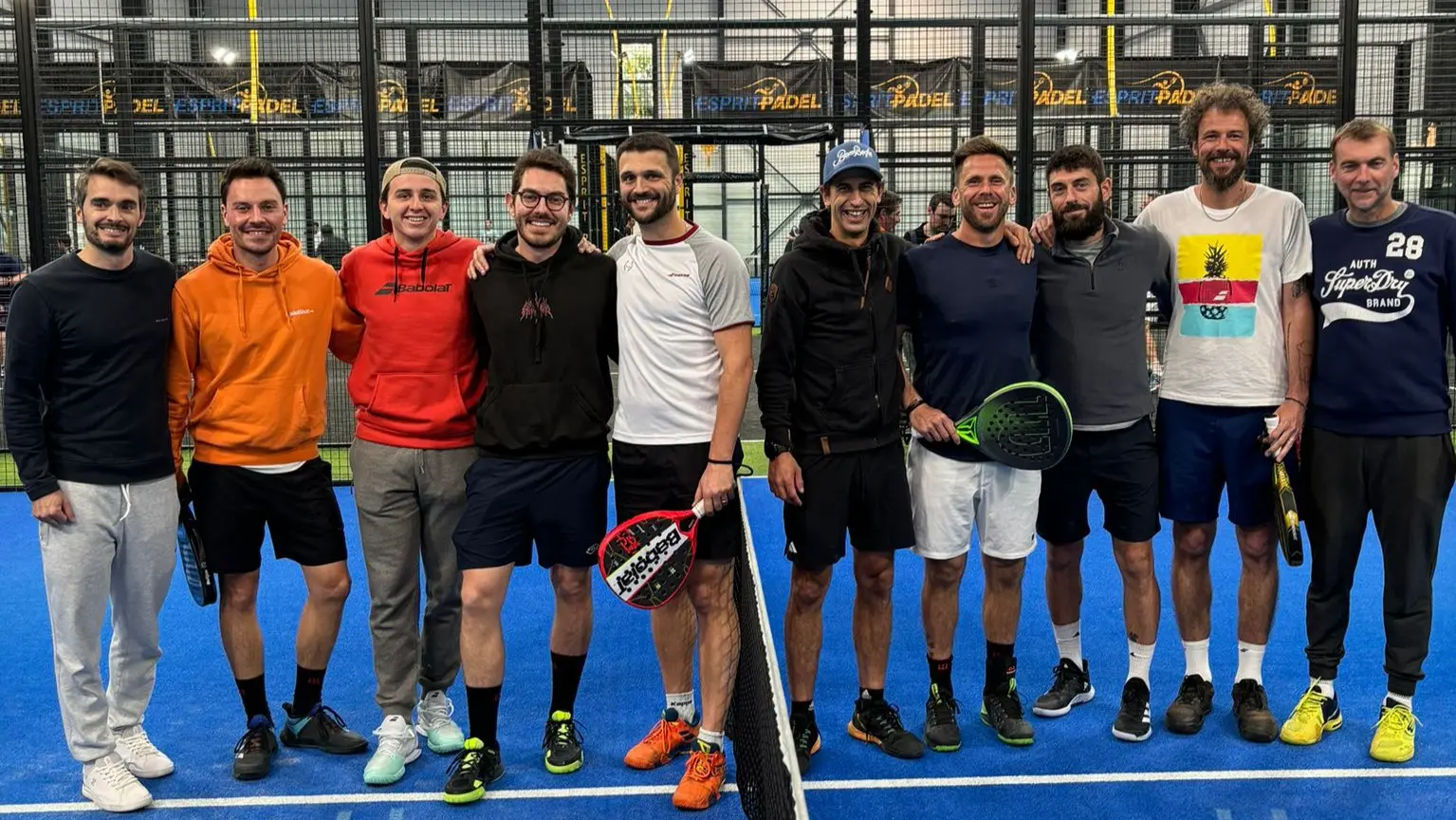 Mind Padel Lyon and the Auvergne Rhône-Alpes League innovate with team tournaments
Mind Padel Lyon and the Auvergne Rhône-Alpes League innovate with team tournaments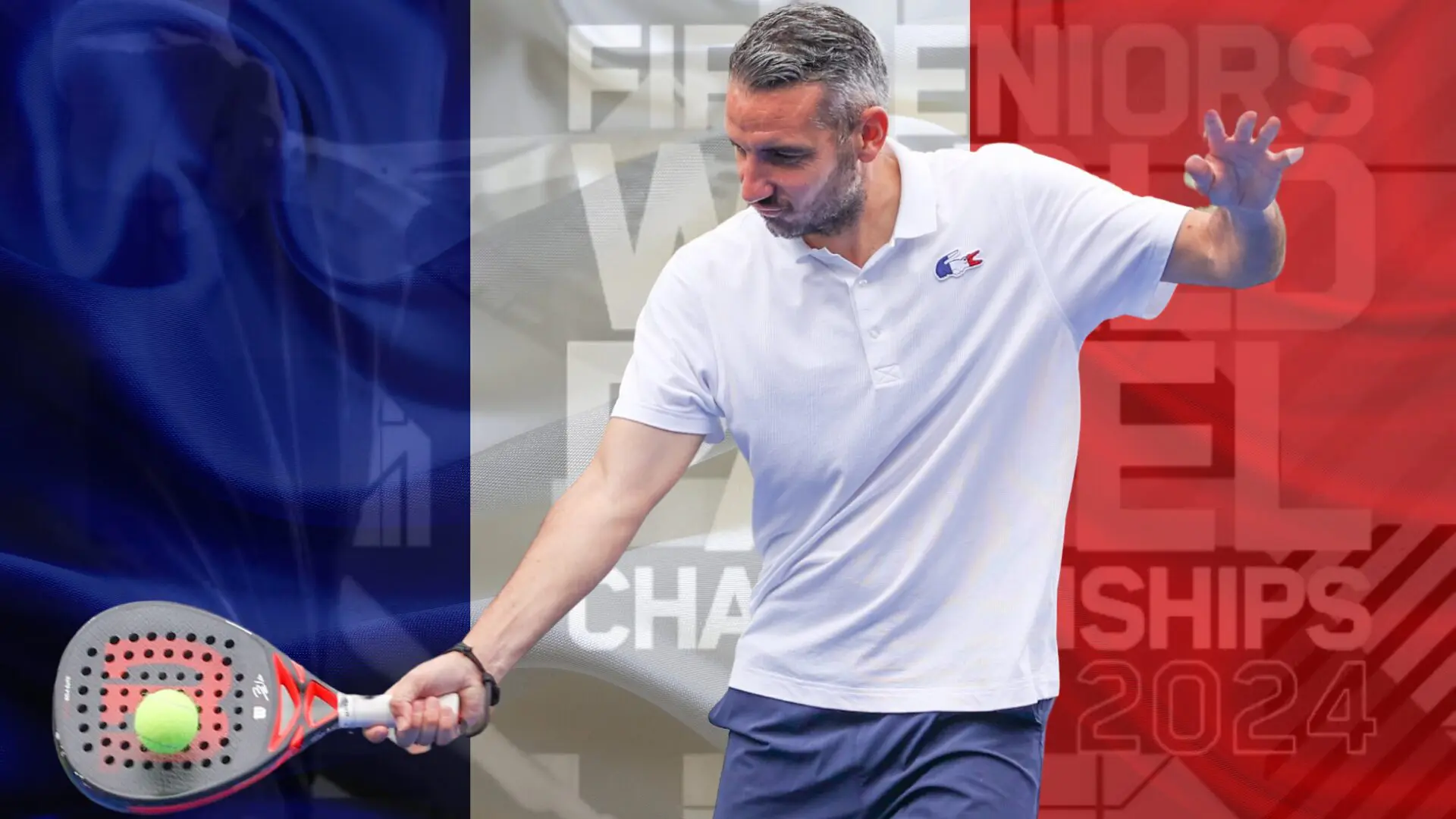 Simon Boissé: “We know that there are two nations in front of us”
Simon Boissé: “We know that there are two nations in front of us”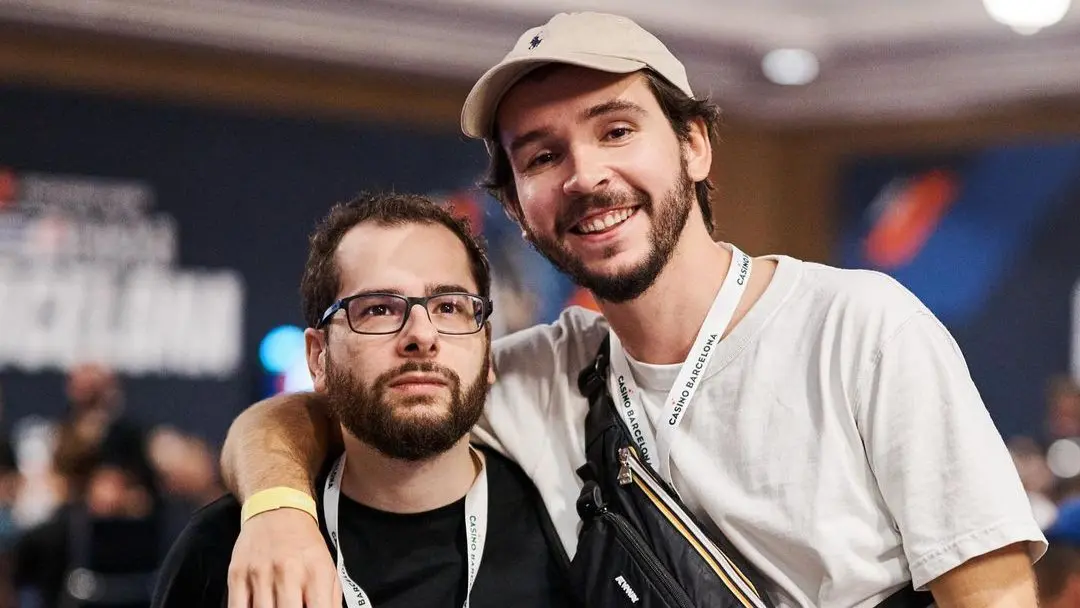 Team PAX (Domingo / Xari) returns to victory
Team PAX (Domingo / Xari) returns to victory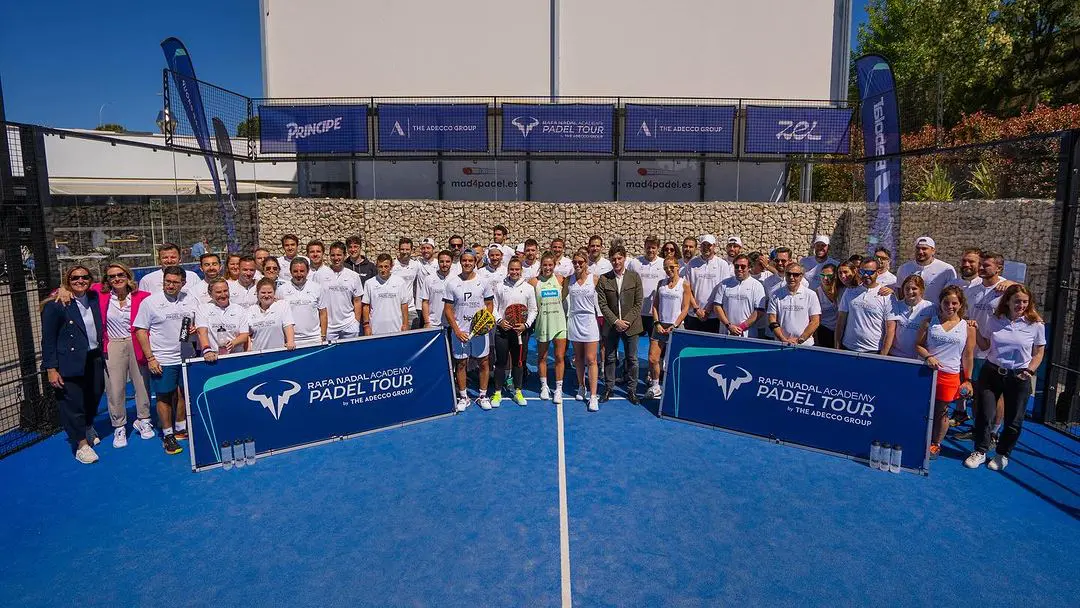 Do you know the Rafa Nadal Academy Tour?
Do you know the Rafa Nadal Academy Tour?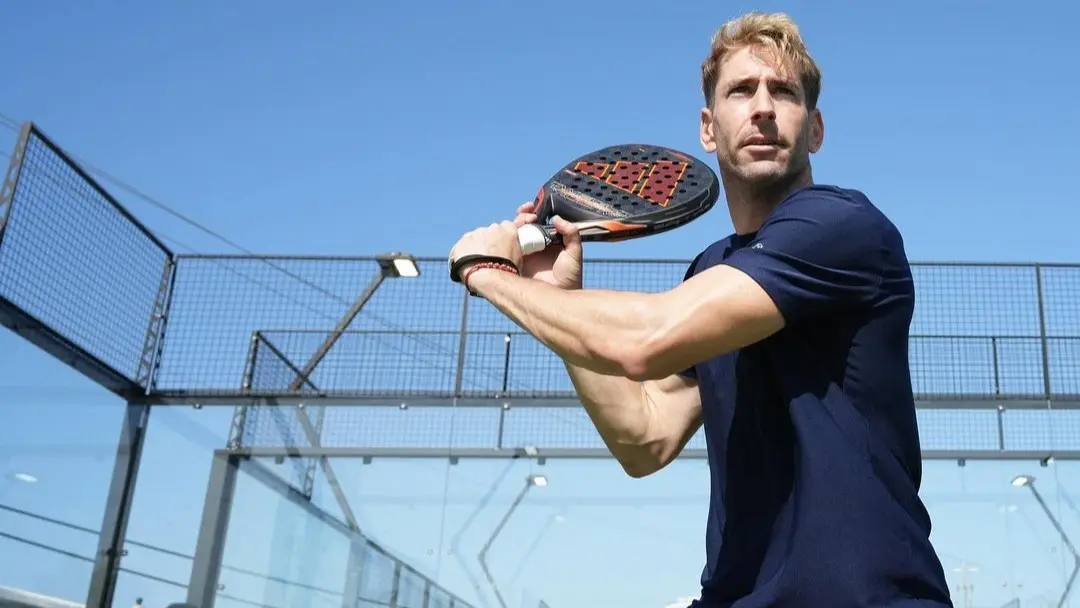 Alex Ruiz: “Finding joy again with Momo”
Alex Ruiz: “Finding joy again with Momo”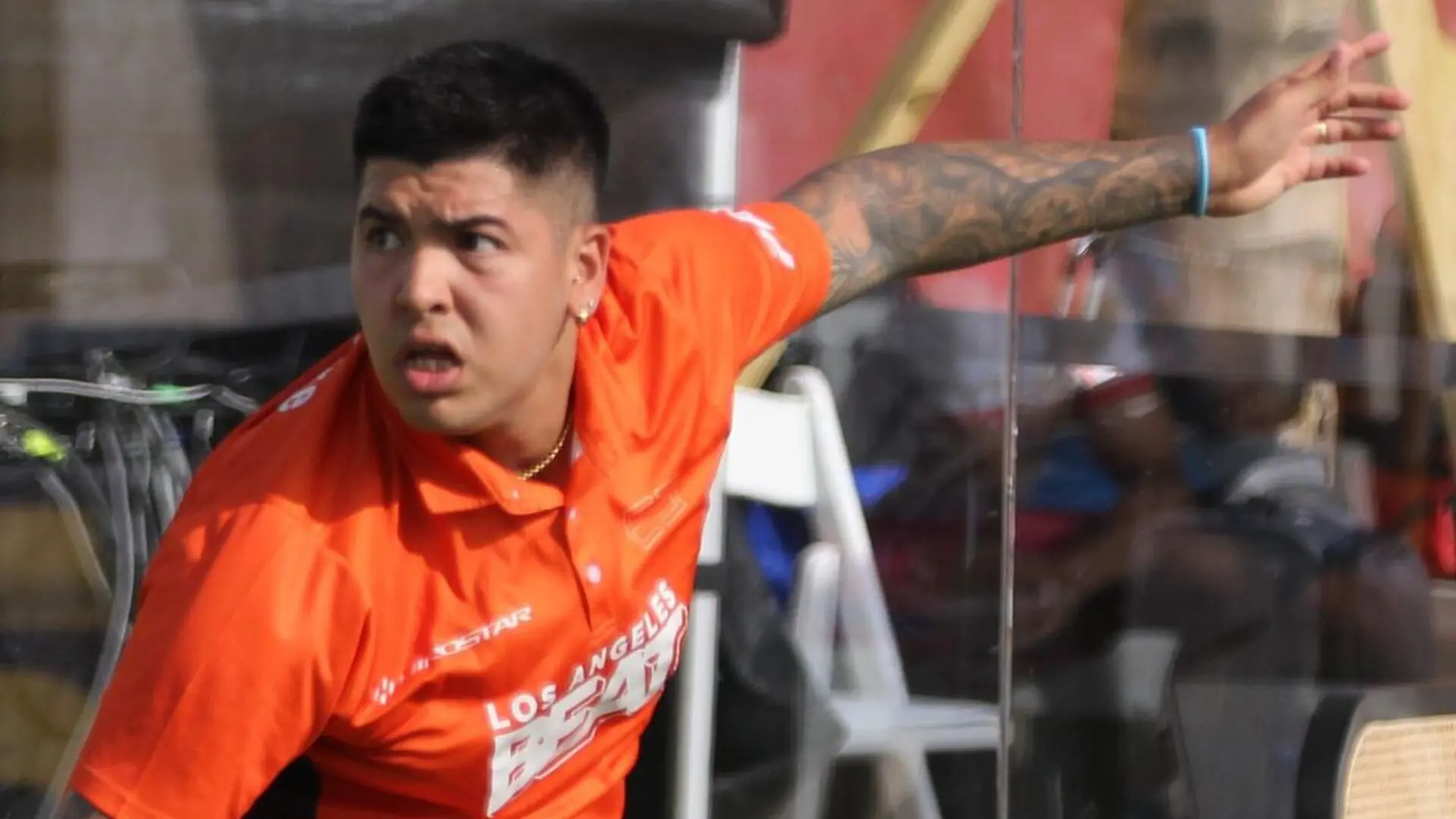 Nerone: “Tolito is not a normal player”
Nerone: “Tolito is not a normal player”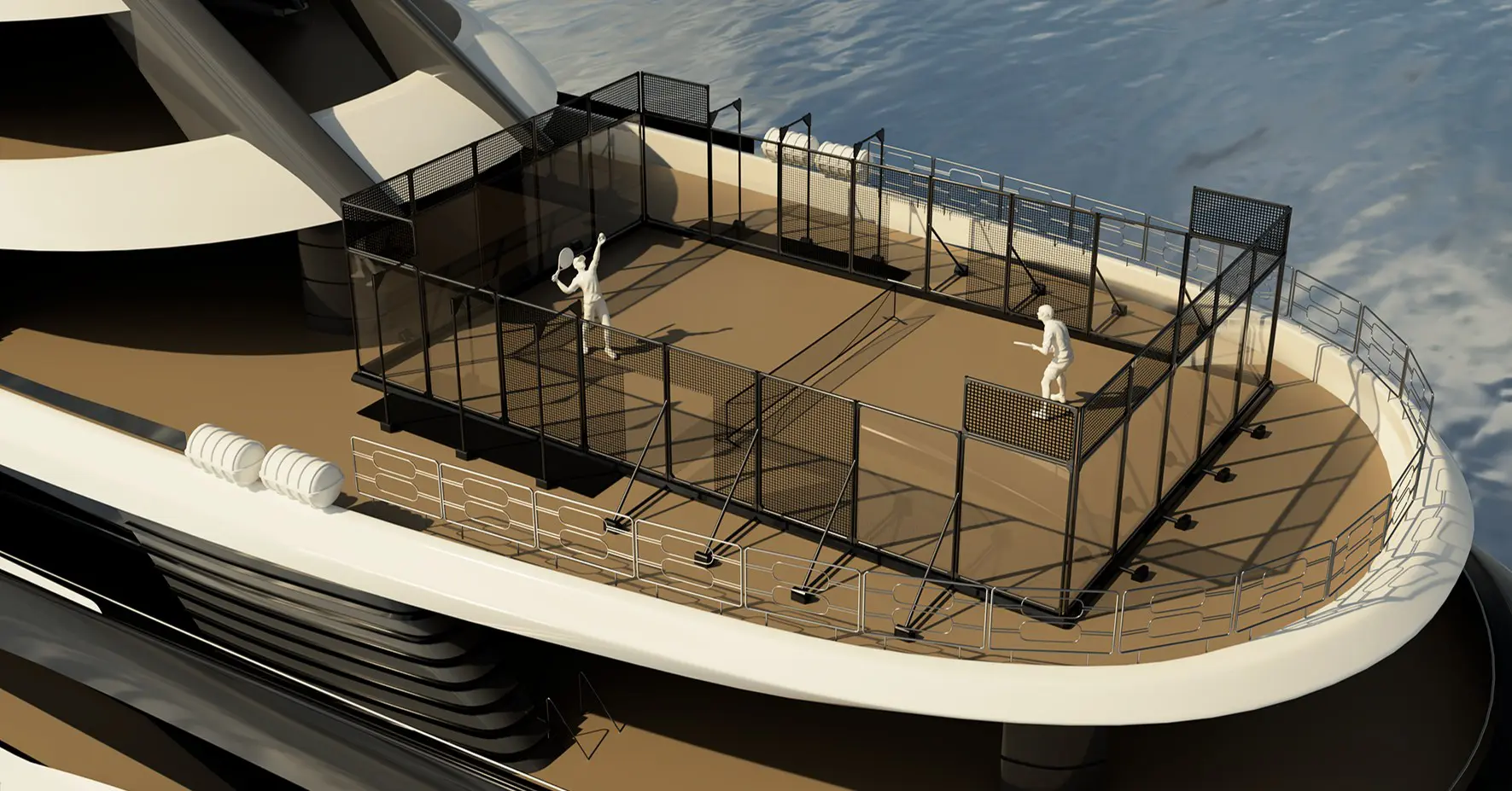 Play at padel on his yacht? Possible for €233.000!
Play at padel on his yacht? Possible for €233.000!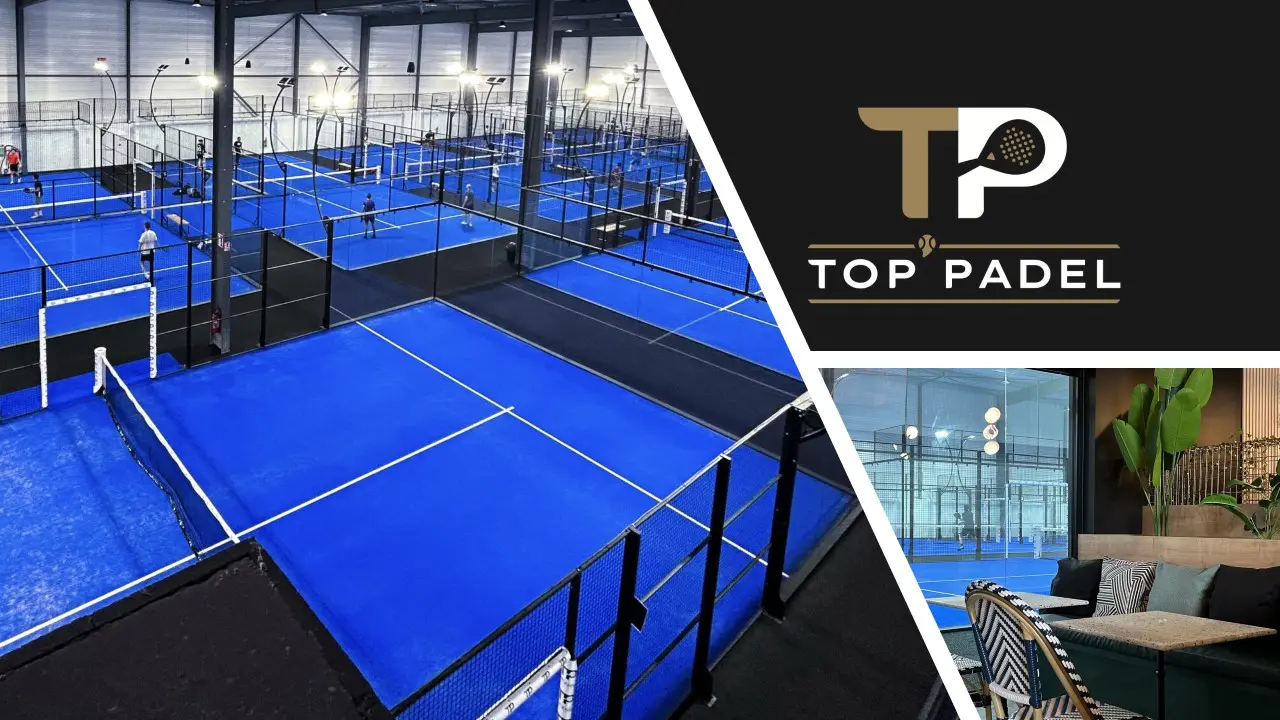 TOP Padel : “A premium club with 10 slopes in Toulouse”
TOP Padel : “A premium club with 10 slopes in Toulouse”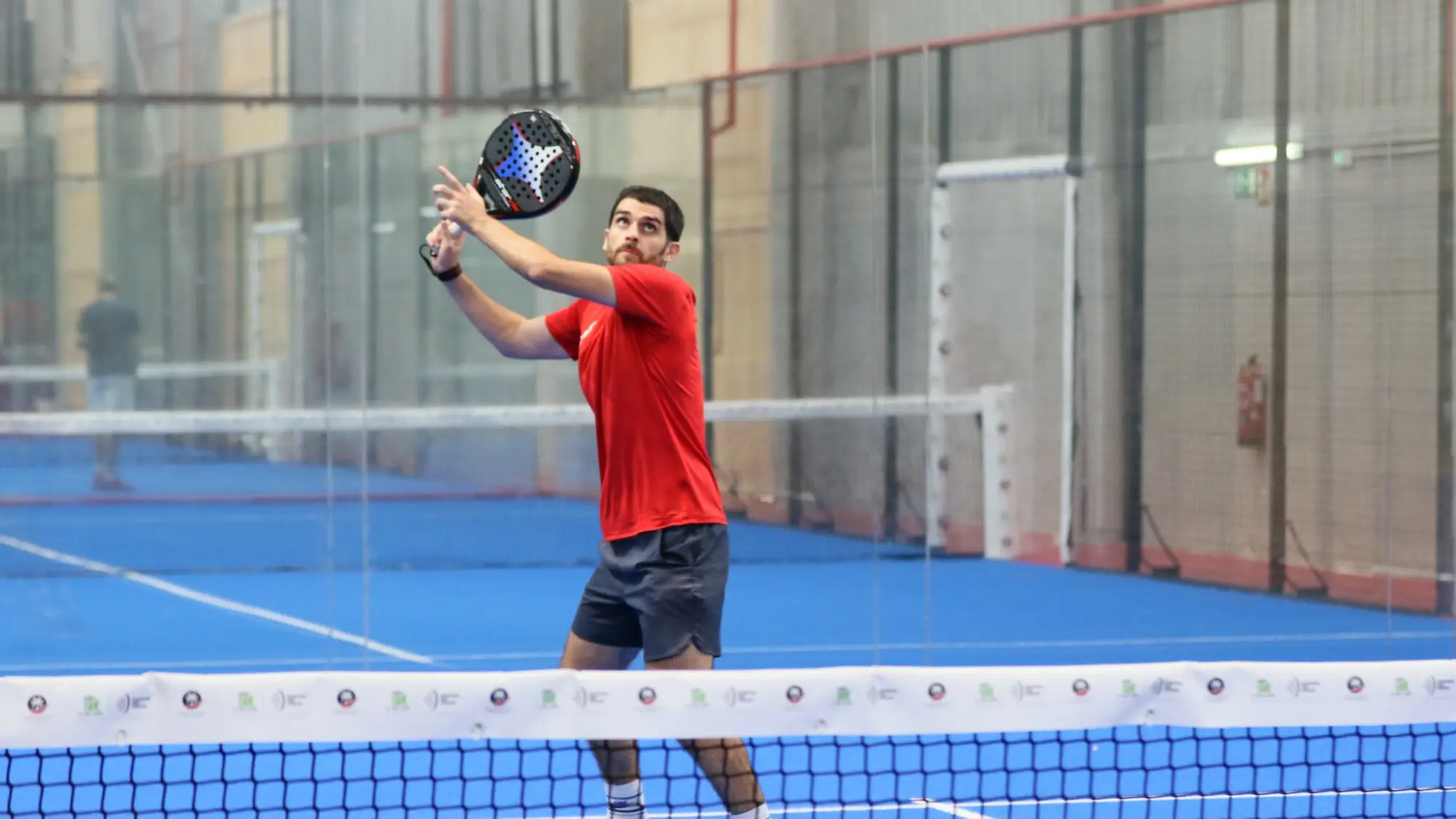 At the heart of padel – Episode 25: Paul and Andoni answer your questions
At the heart of padel – Episode 25: Paul and Andoni answer your questions Tactical padel – What to do when faced with players who systematically stay at the bottom?
Tactical padel – What to do when faced with players who systematically stay at the bottom?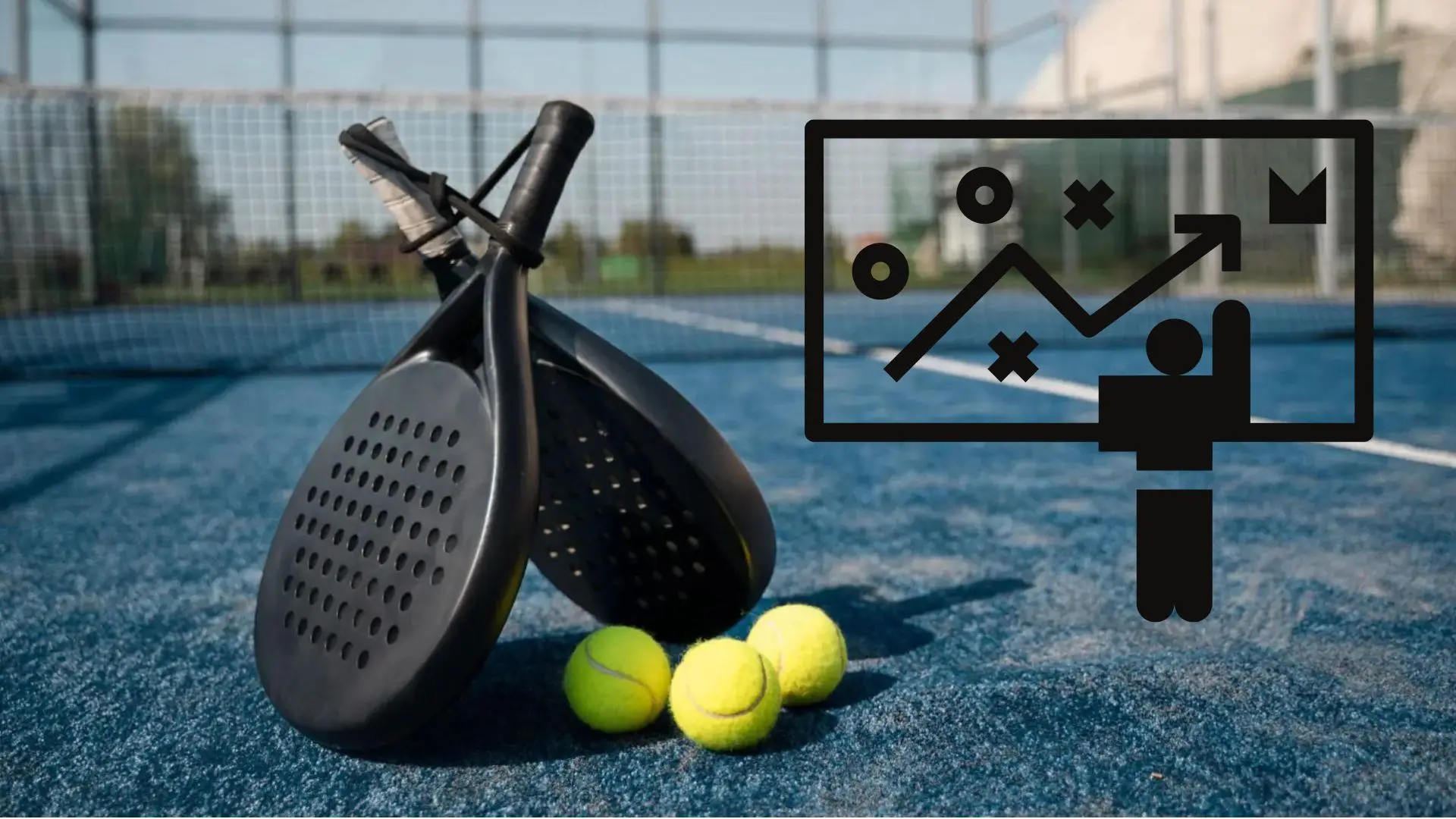 The basic tactics of padel
The basic tactics of padel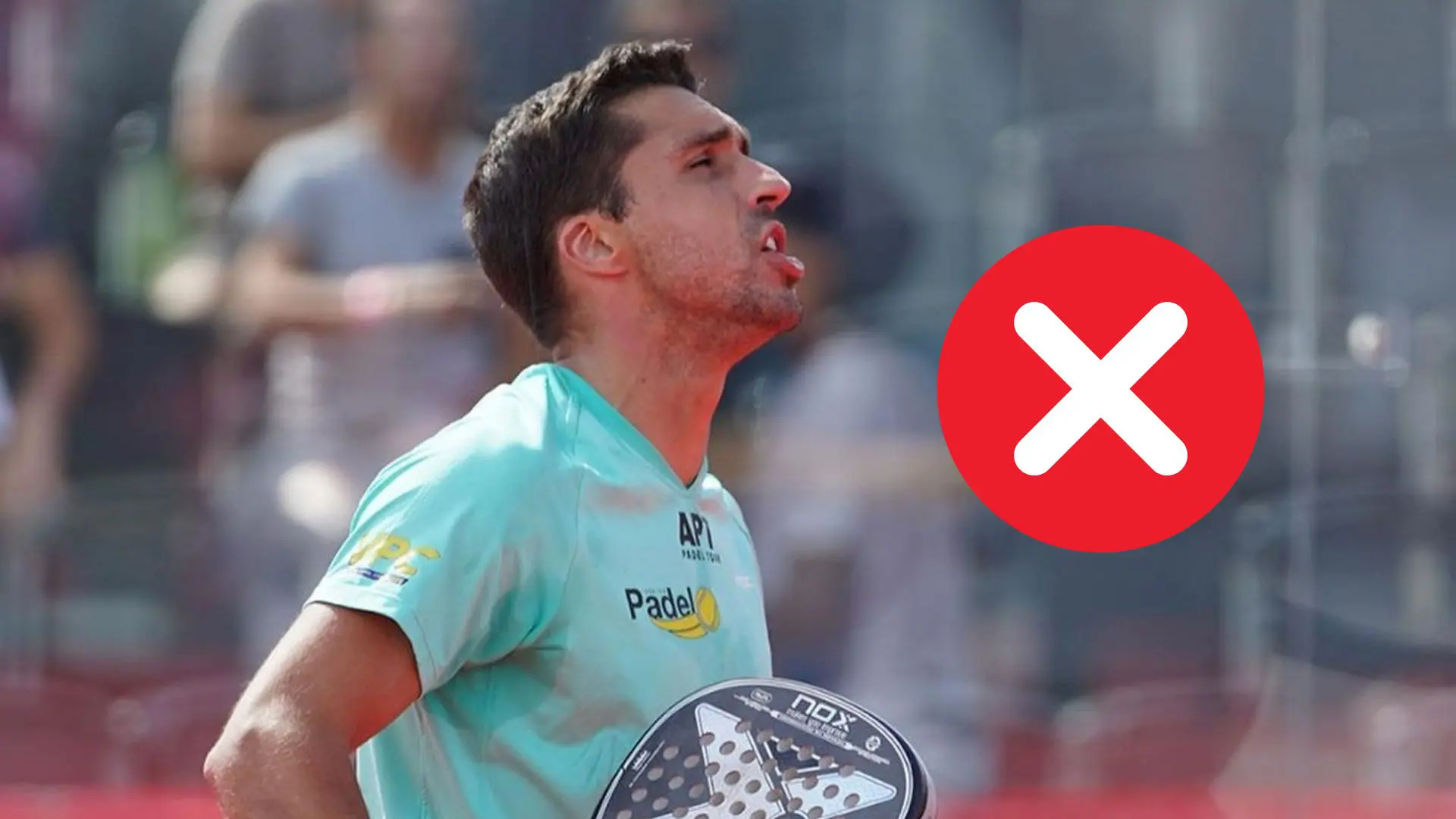 A par 4 is always a winner...even if you manage to defend it!
A par 4 is always a winner...even if you manage to defend it!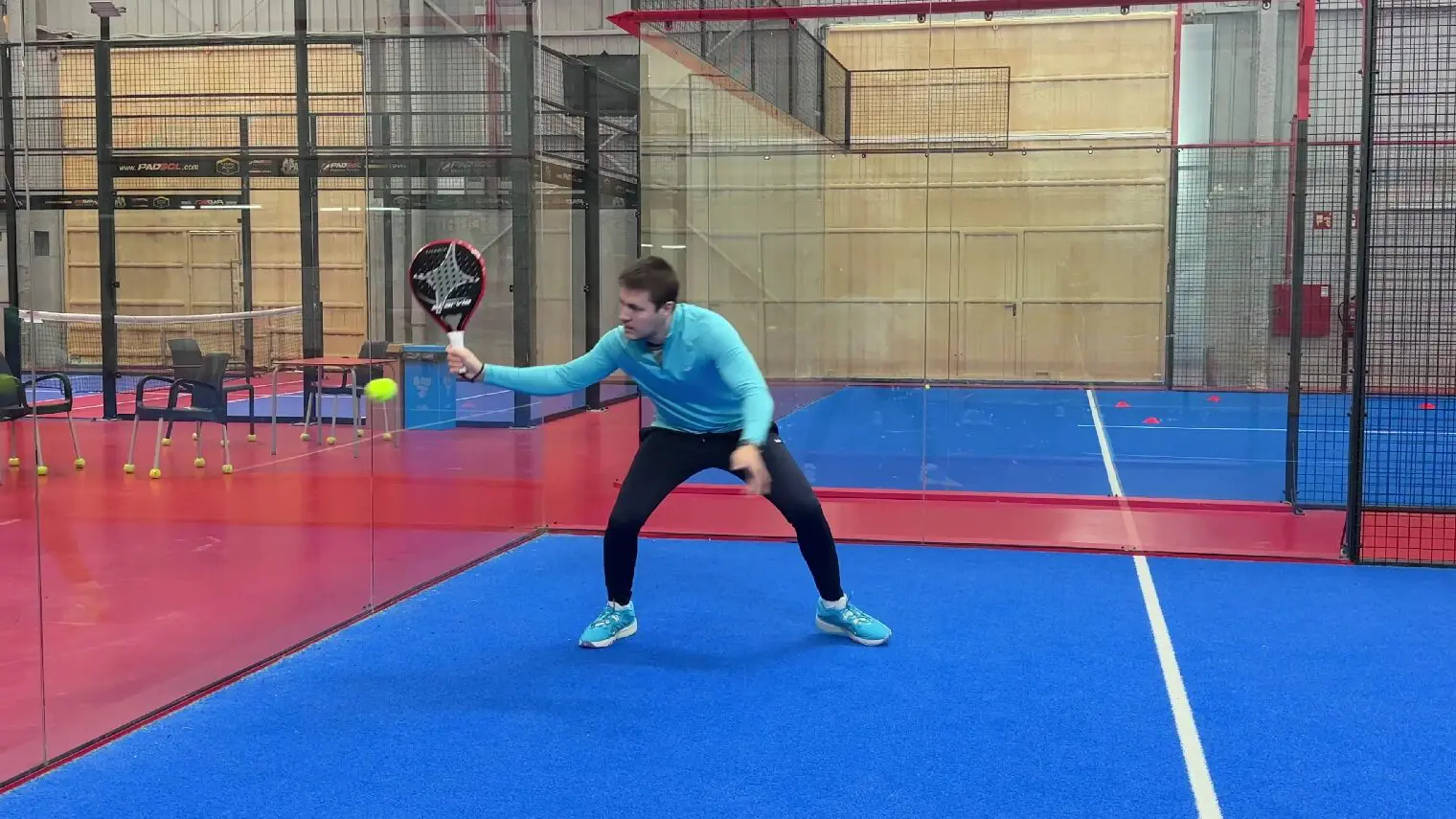 At the heart of padel – Episode 23: defend the window well
At the heart of padel – Episode 23: defend the window well Prohibition on playing topless Padel : the reasons
Prohibition on playing topless Padel : the reasons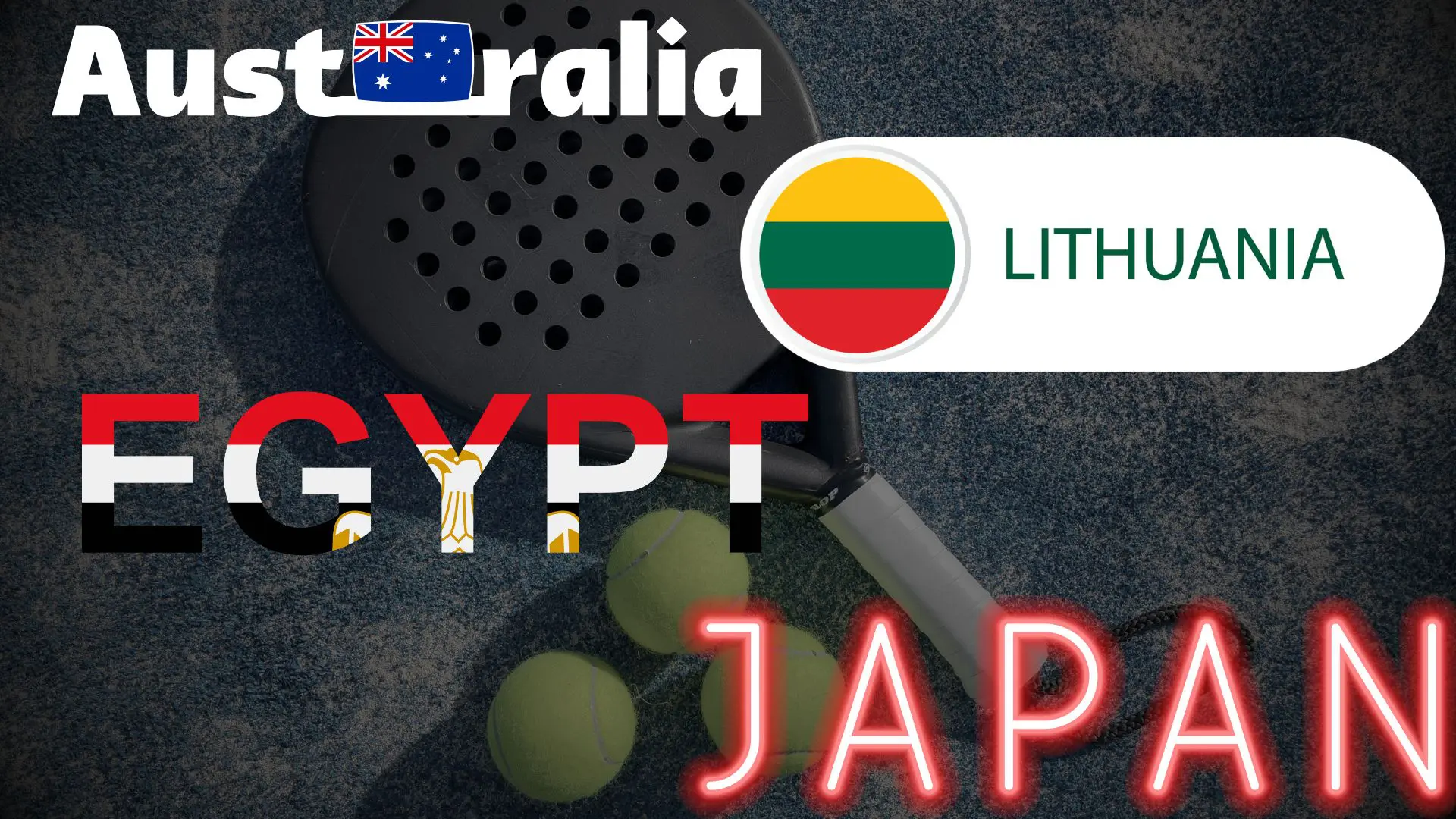 FIP Tour – Going far from Europe, THE strategy to earn points!
FIP Tour – Going far from Europe, THE strategy to earn points! What is a good football player? padel ?
What is a good football player? padel ? “Lefties give me headaches when I play against them!”
“Lefties give me headaches when I play against them!”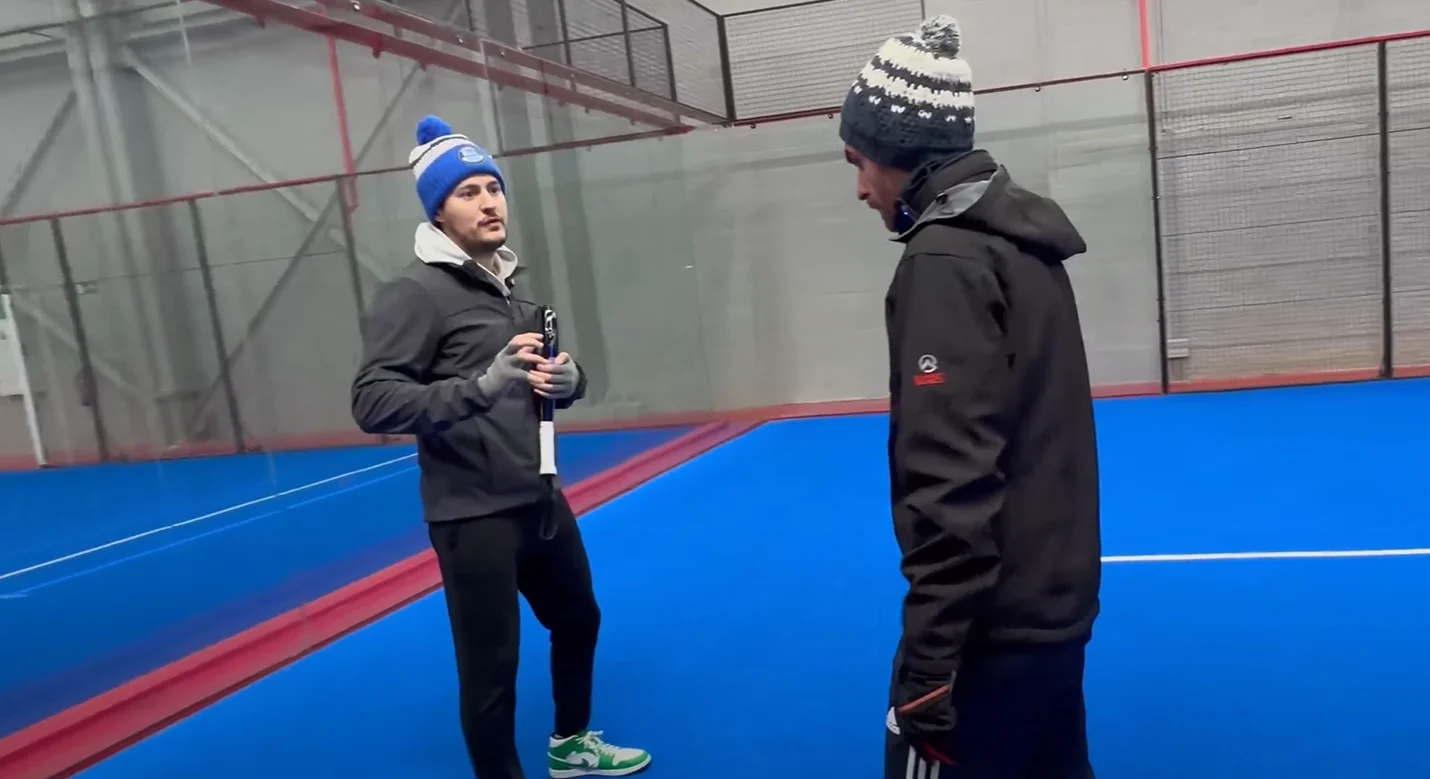 At the heart of padel – Episode 14: how to earn points in winter?
At the heart of padel – Episode 14: how to earn points in winter?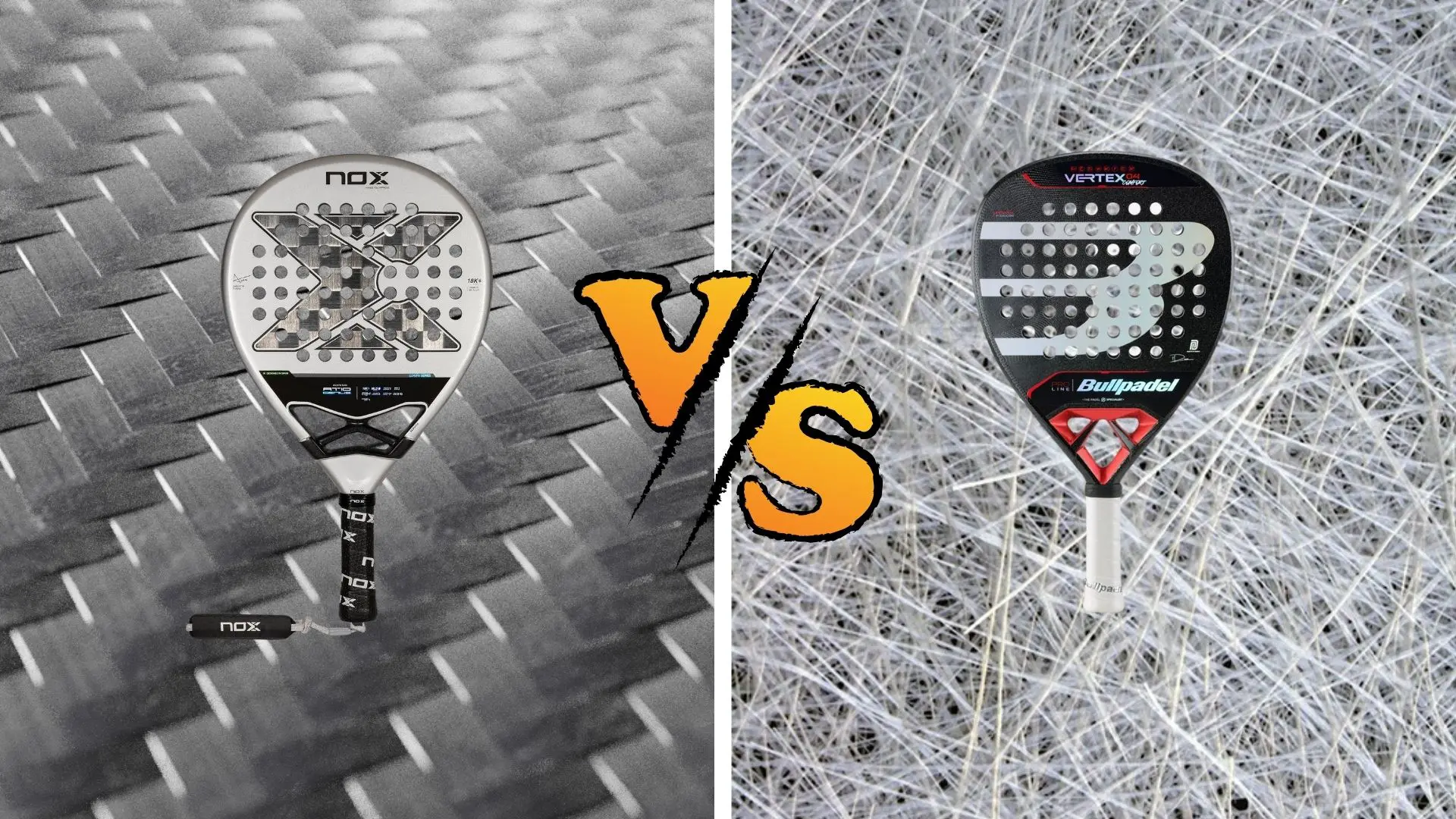 Carbon fiber VS fiberglass: what to choose?
Carbon fiber VS fiberglass: what to choose?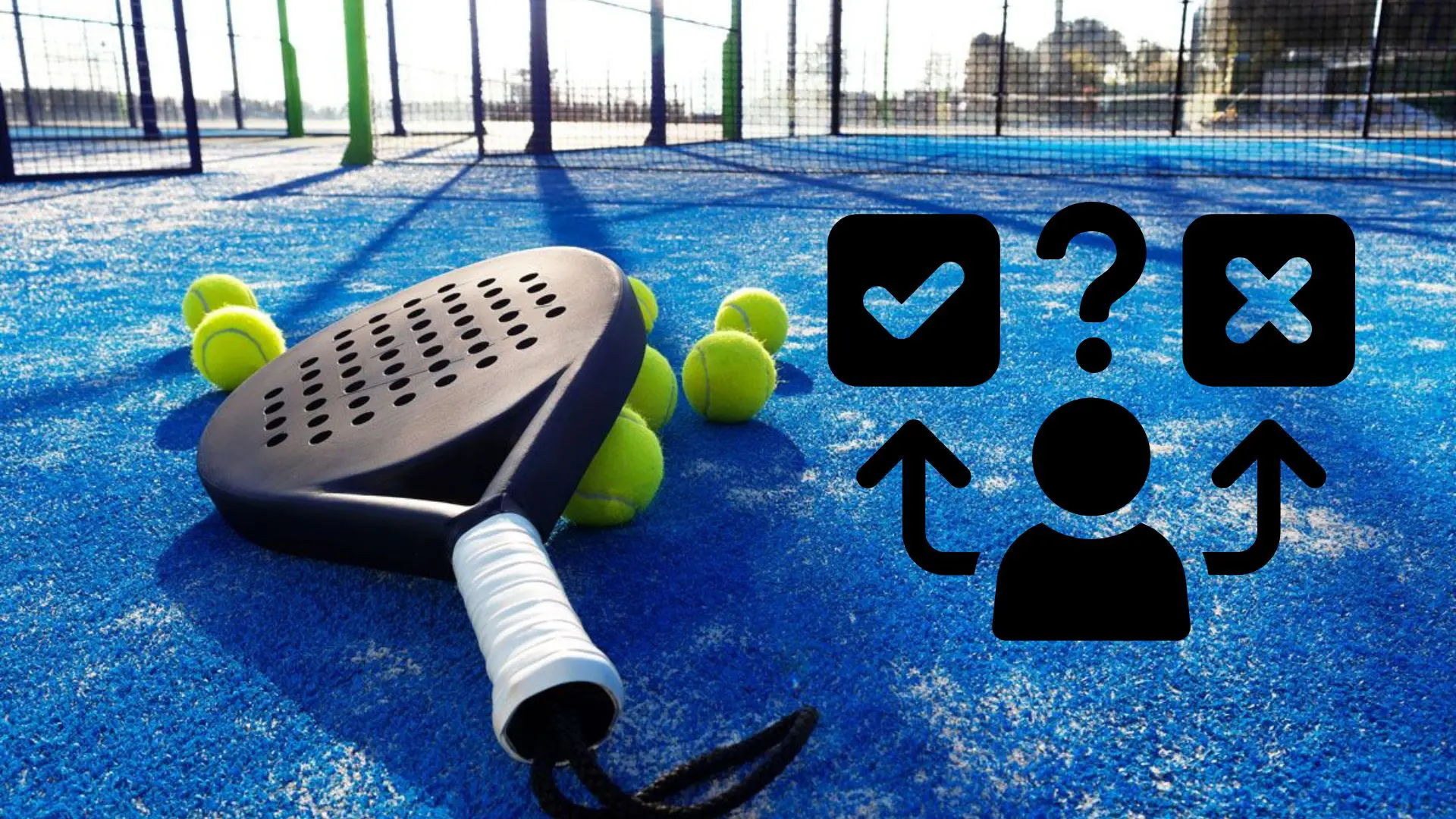 How to effectively test a racket padel ?
How to effectively test a racket padel ?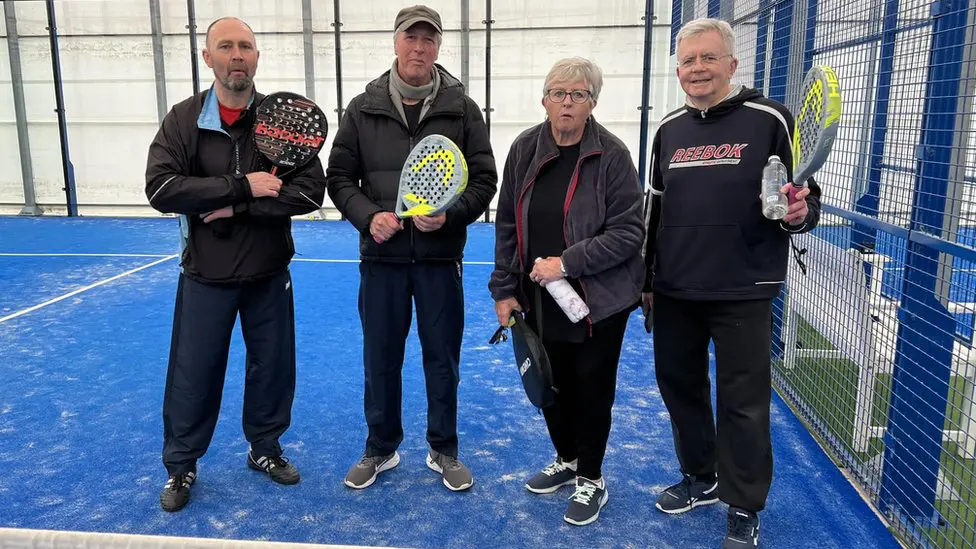 La padel to fight Parkinson's disease
La padel to fight Parkinson's disease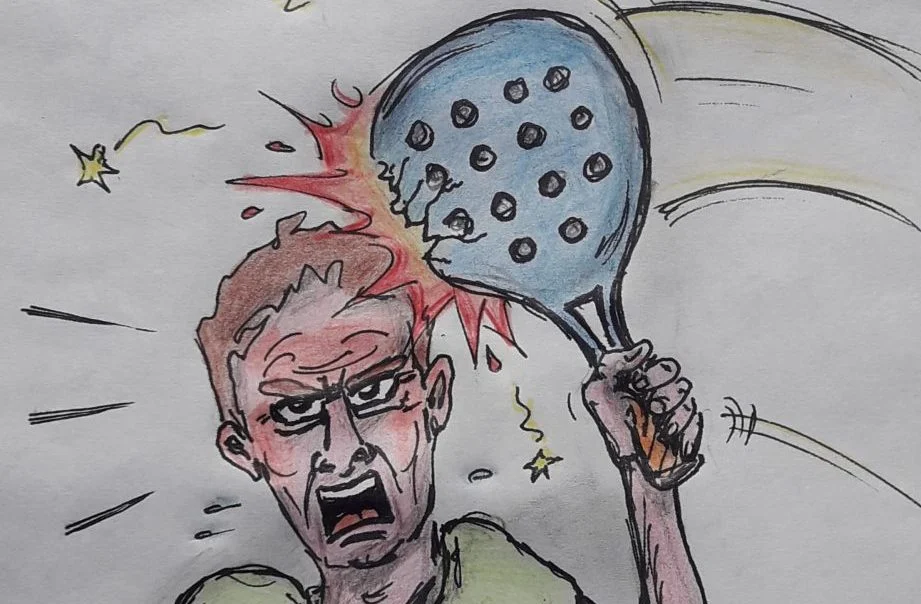 Don't play with a cracked or broken racket, your body will thank you!
Don't play with a cracked or broken racket, your body will thank you! Michel Cymes: “The padel, physically, it’s serious!”
Michel Cymes: “The padel, physically, it’s serious!”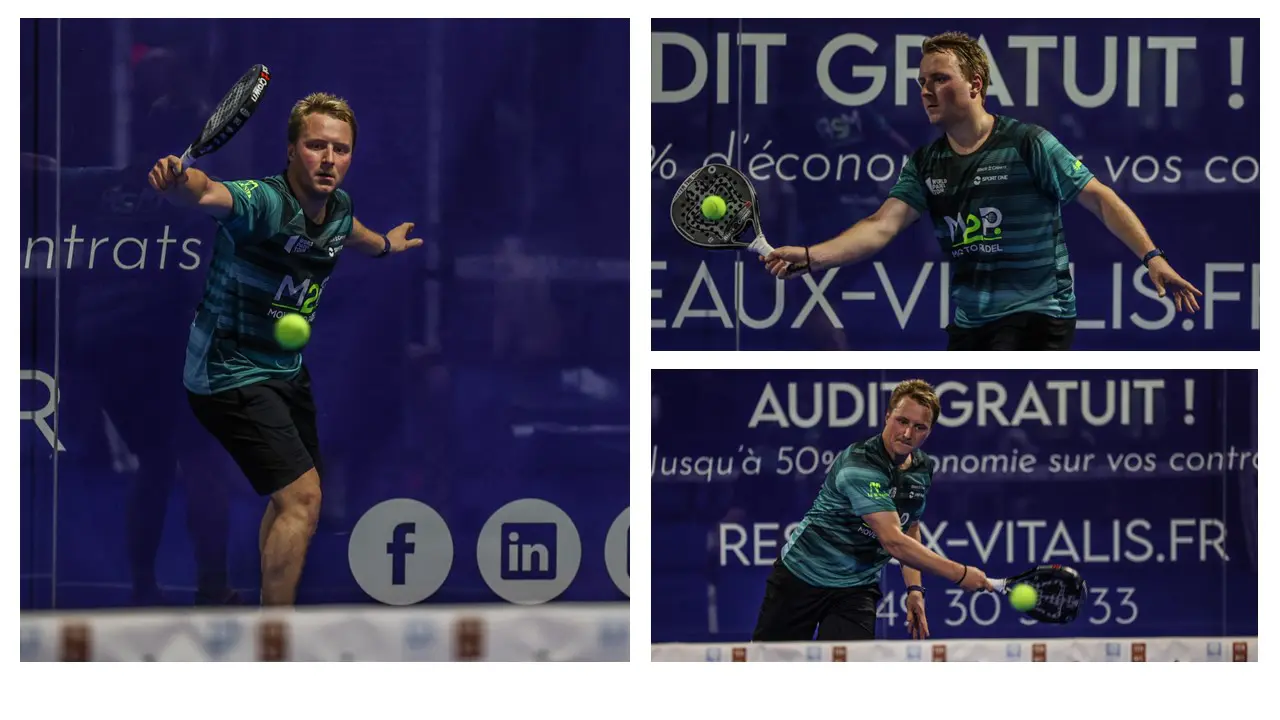 Jeremy Gala: “Promote the padel among young people in Belgium remains a challenge”
Jeremy Gala: “Promote the padel among young people in Belgium remains a challenge”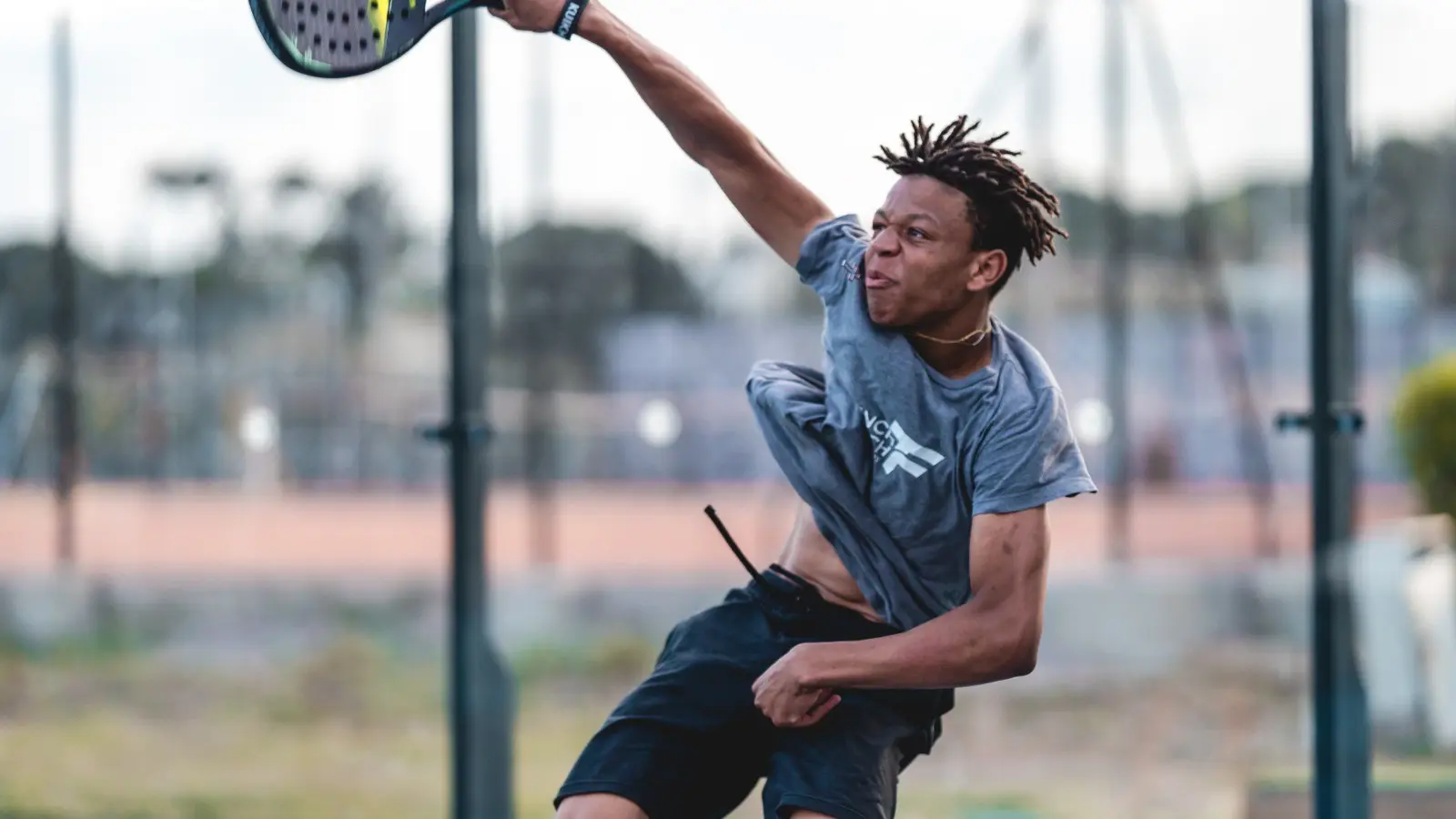 The French Touch Academy organizes its selection day Padel-Study
The French Touch Academy organizes its selection day Padel-Study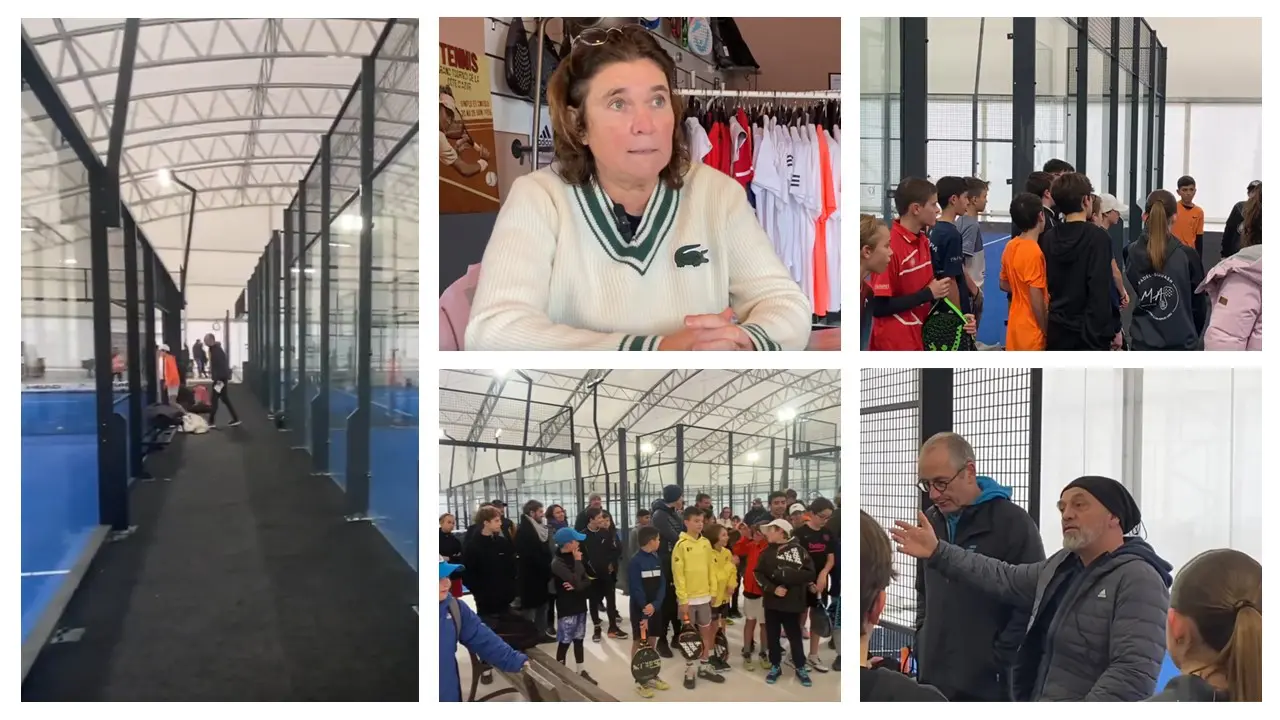 Report on the detection and training of younger generations
Report on the detection and training of younger generations Player's adult courses from April 8 to 21, 2024!
Player's adult courses from April 8 to 21, 2024!